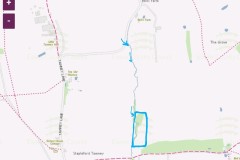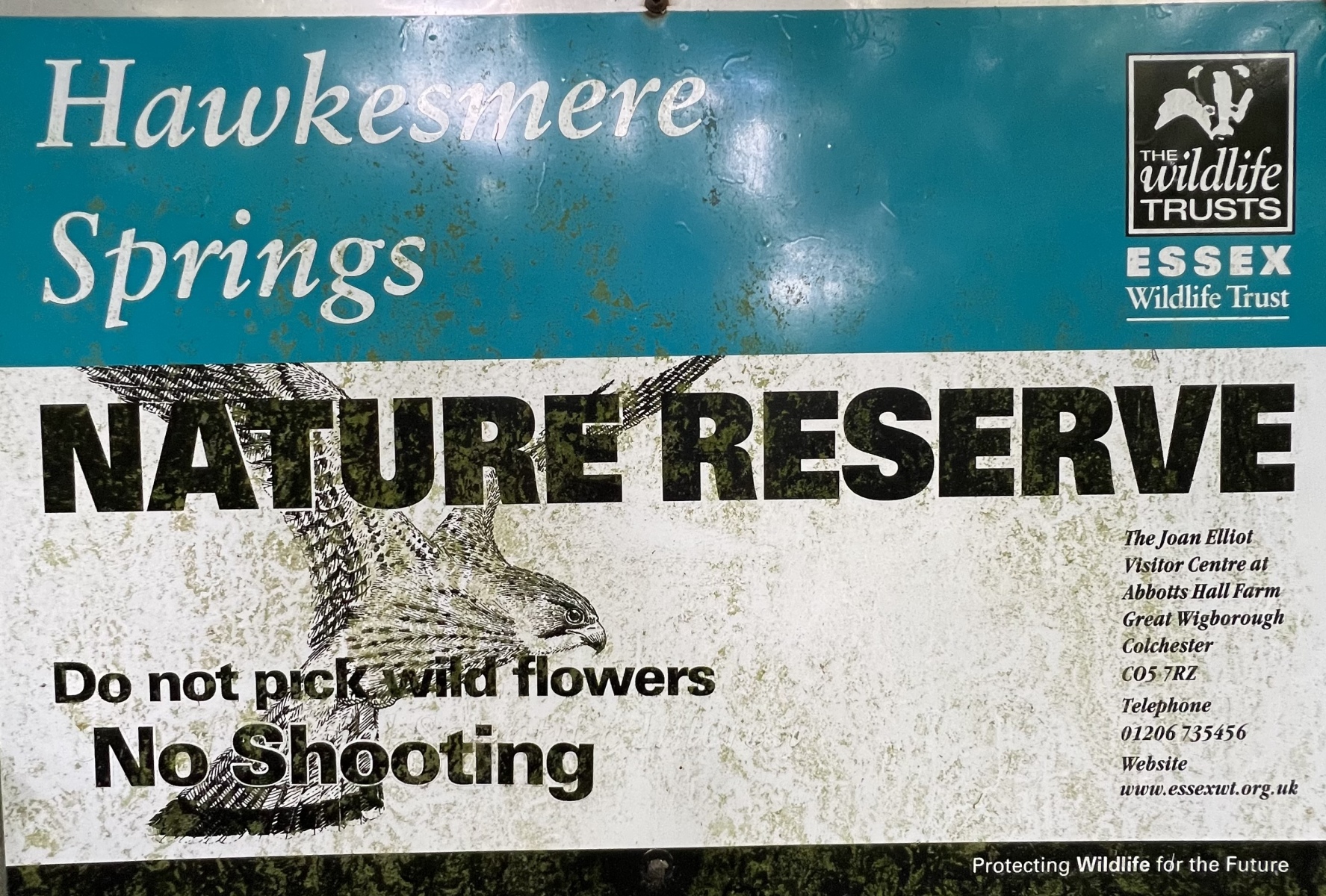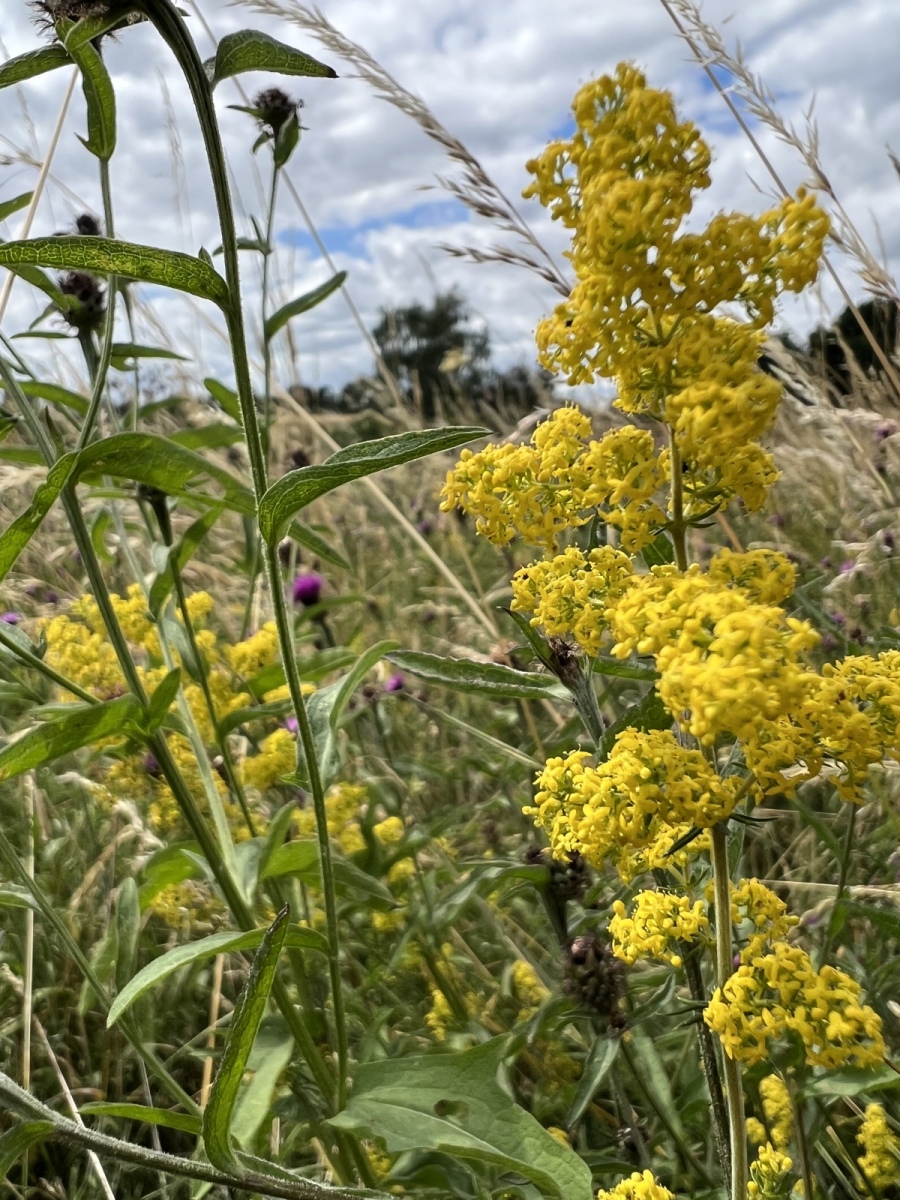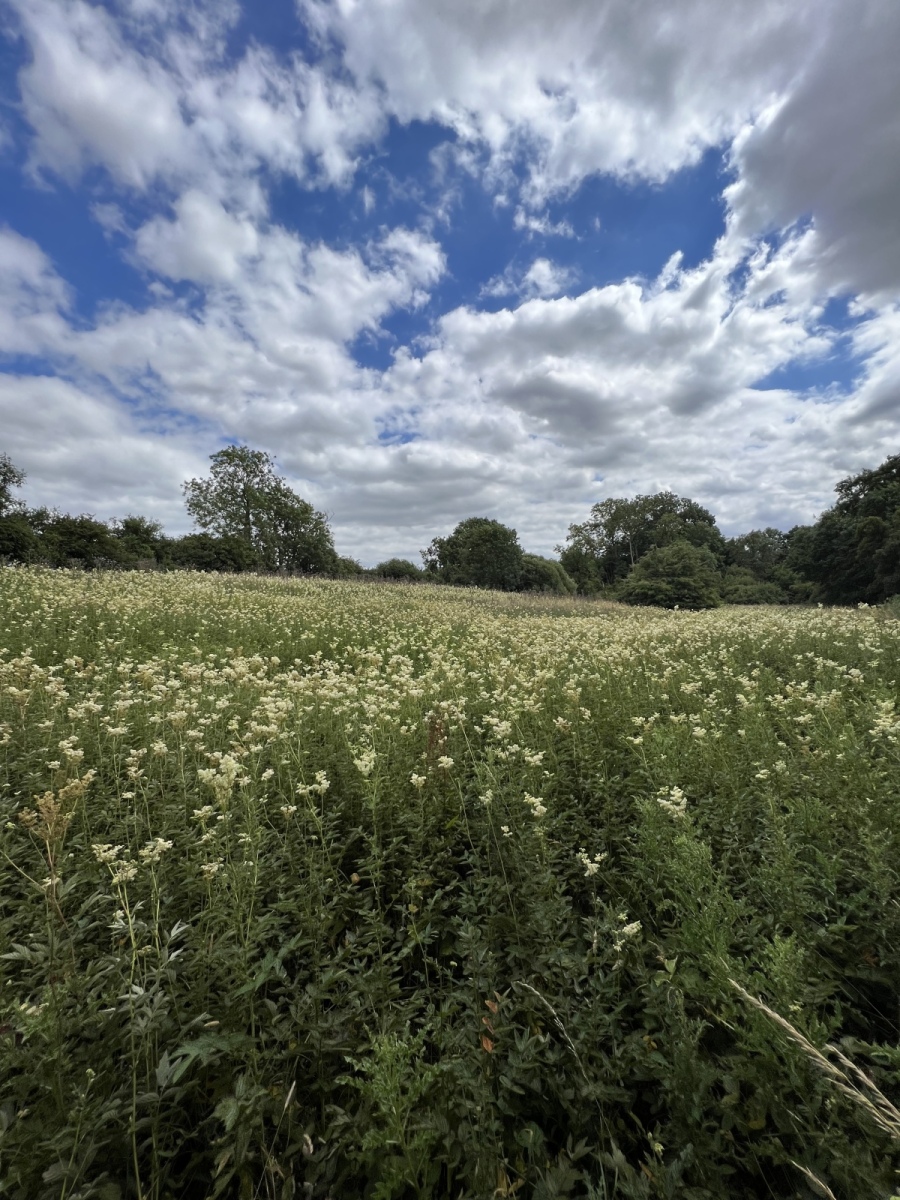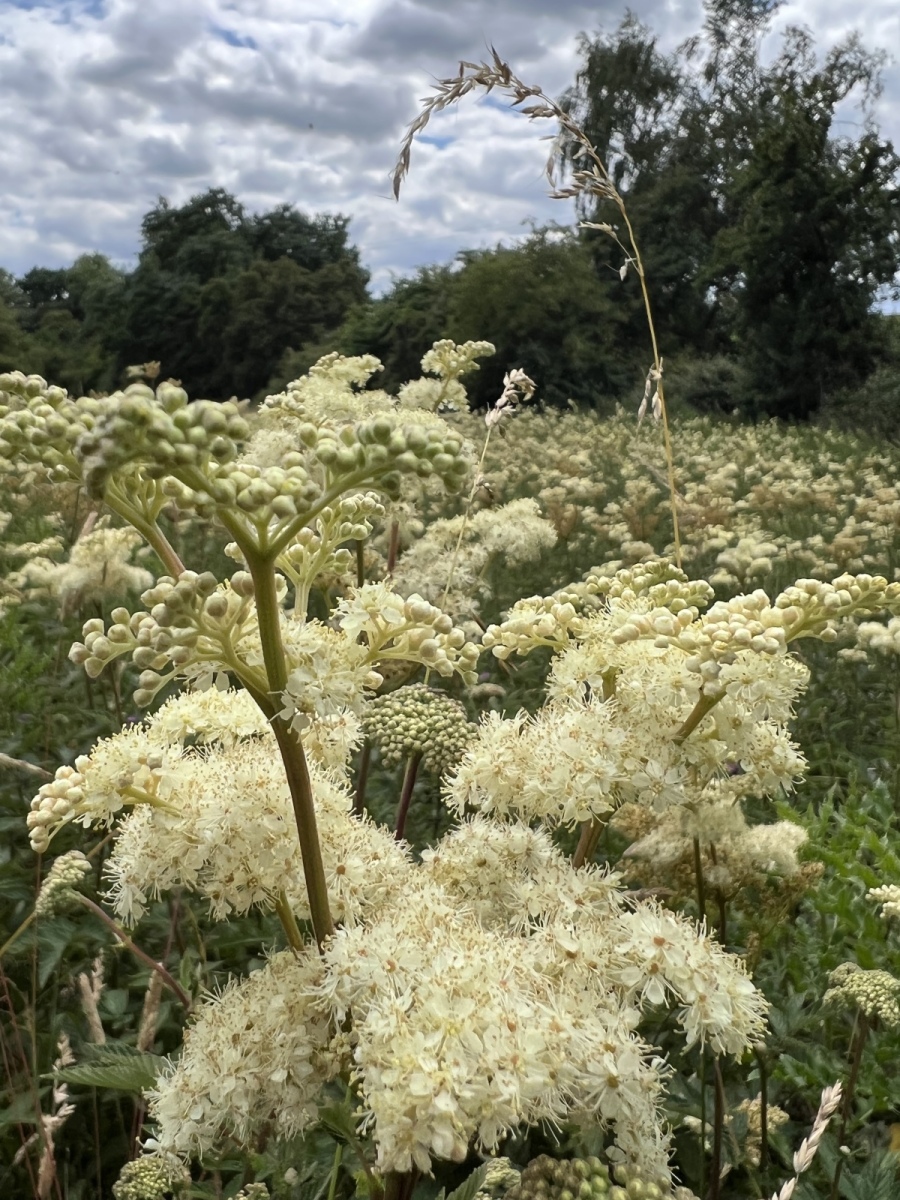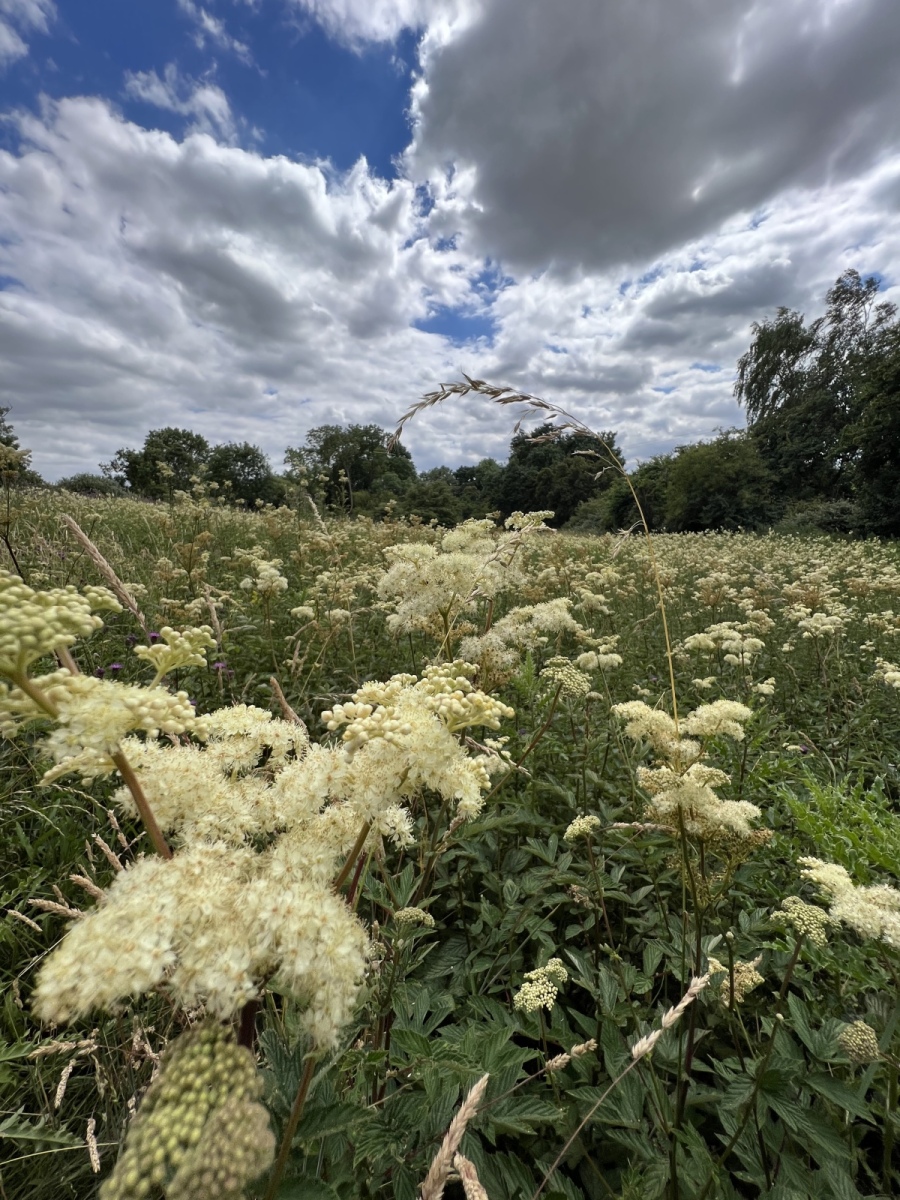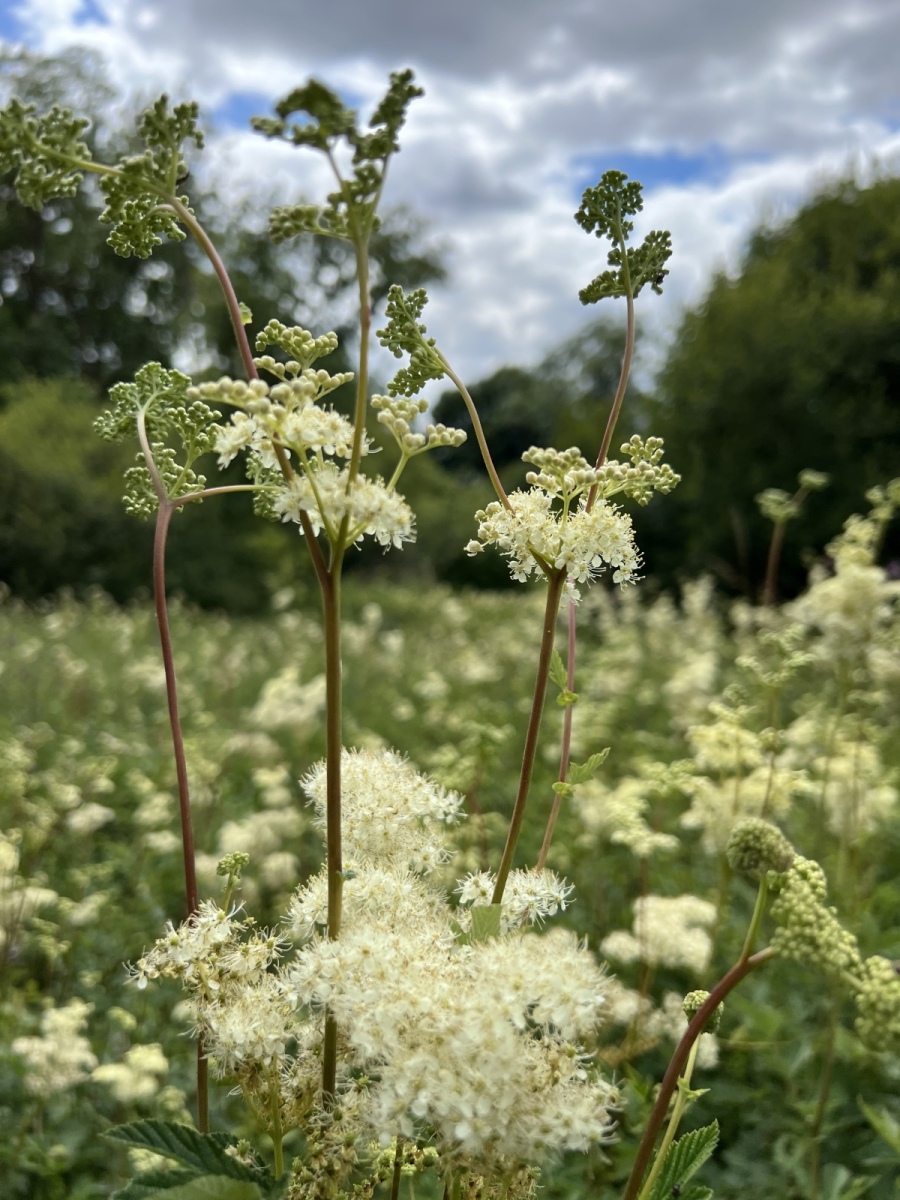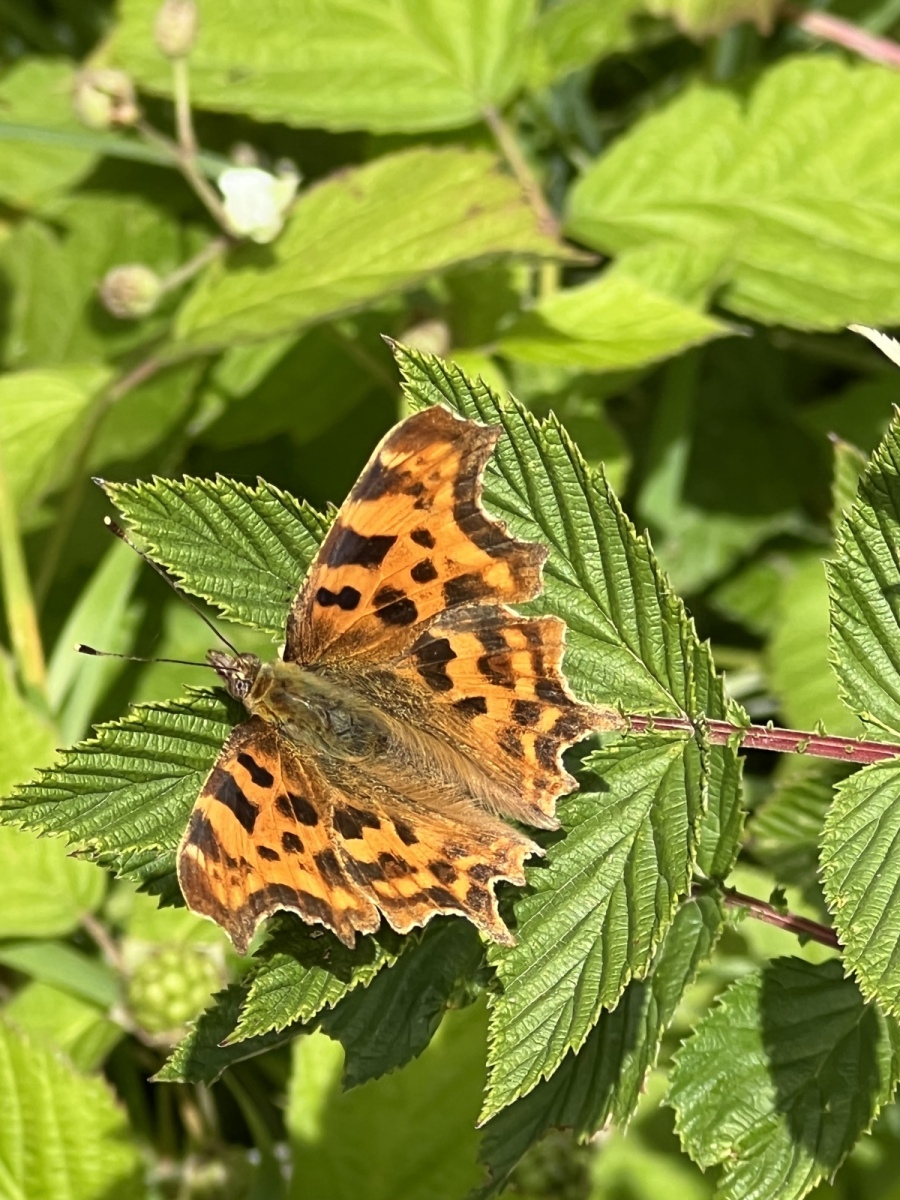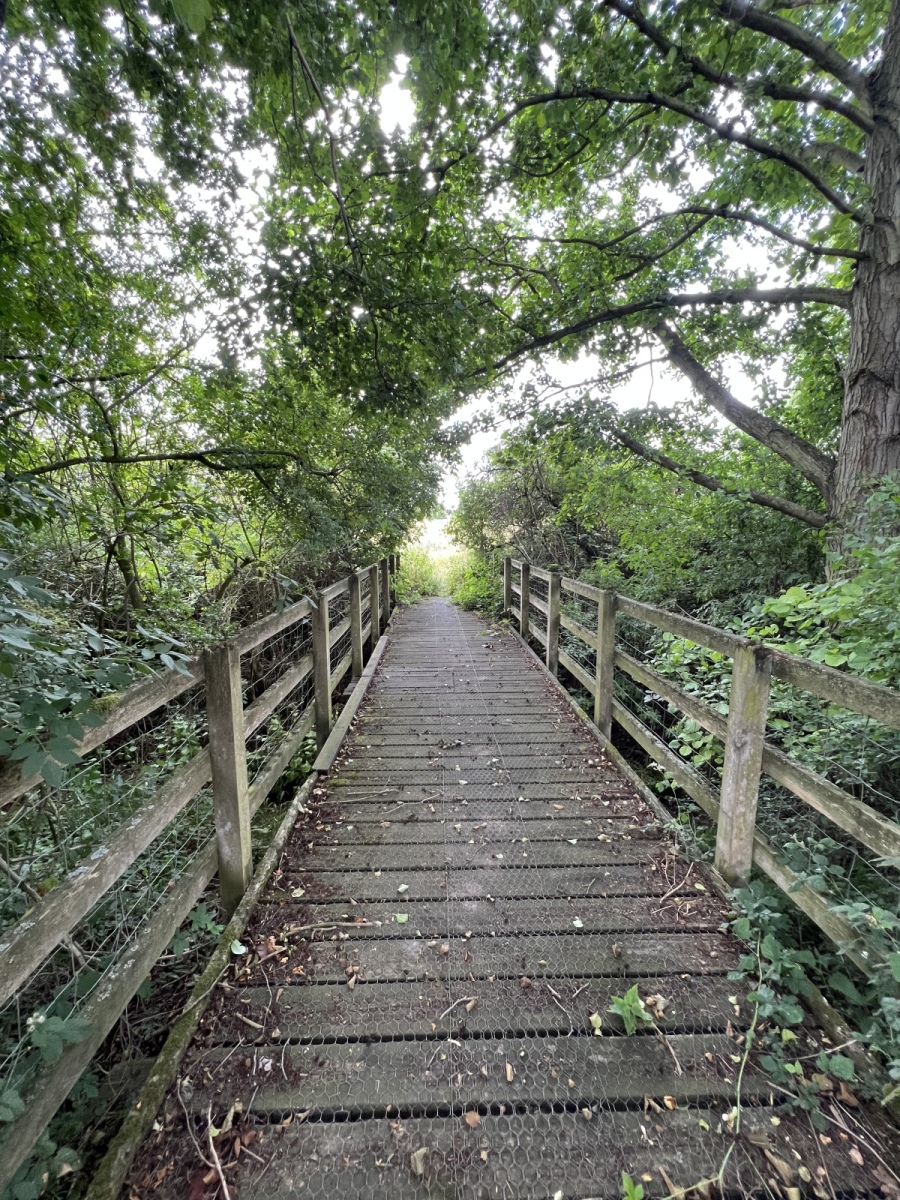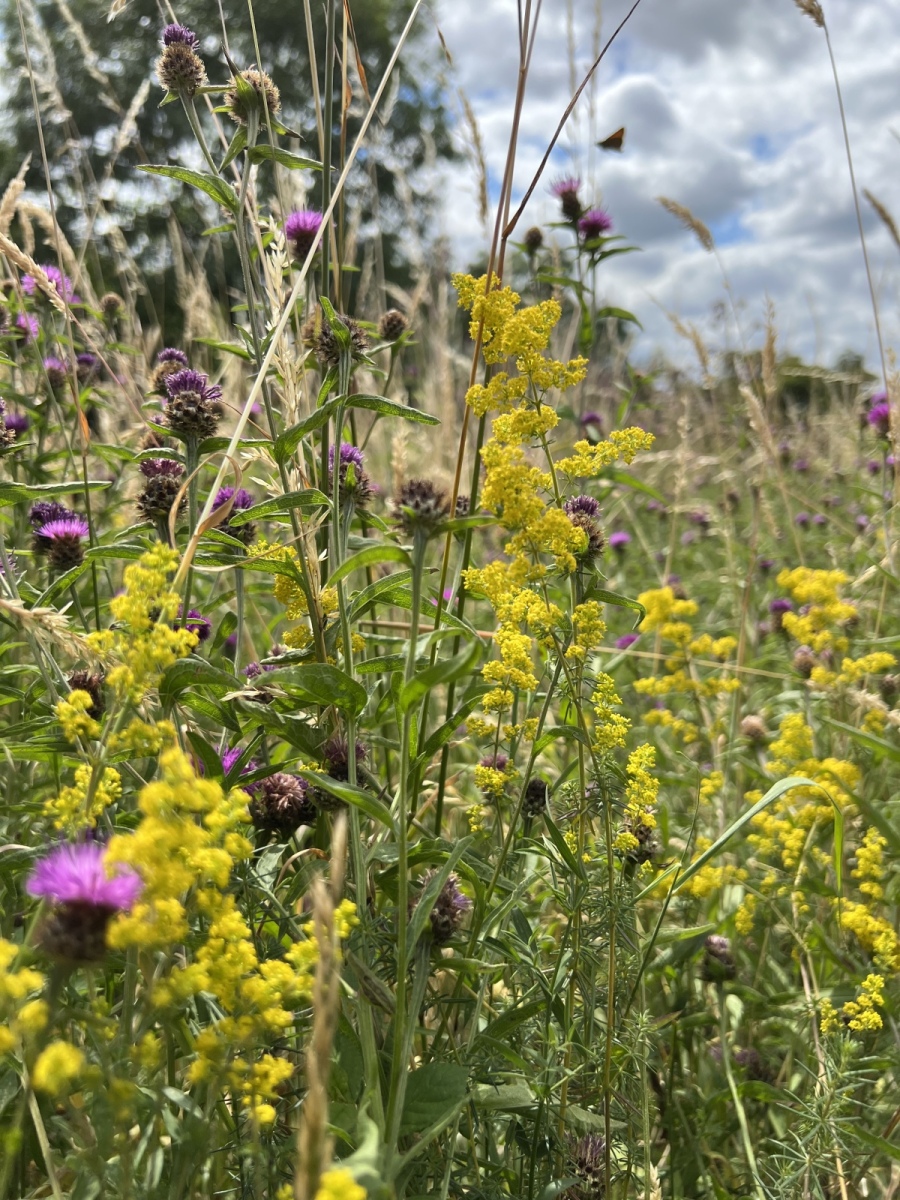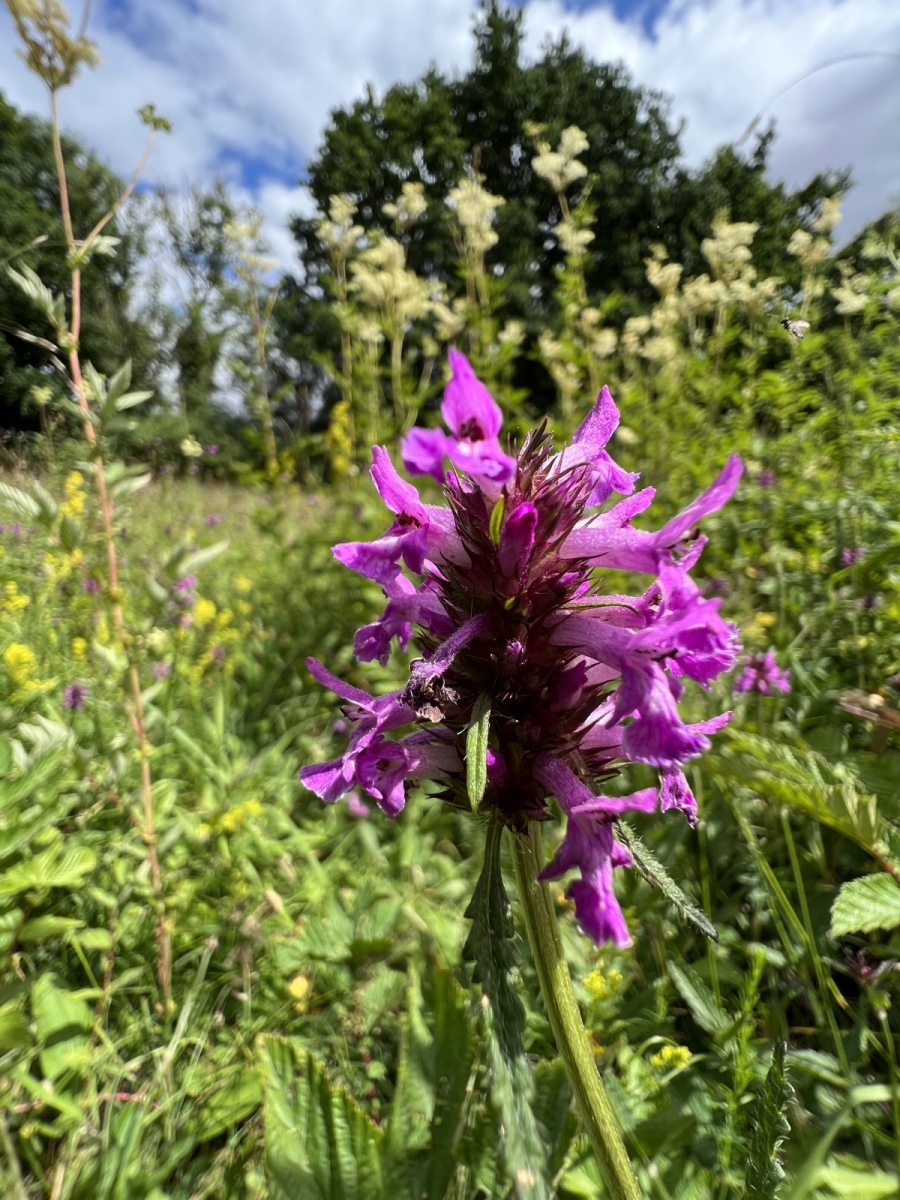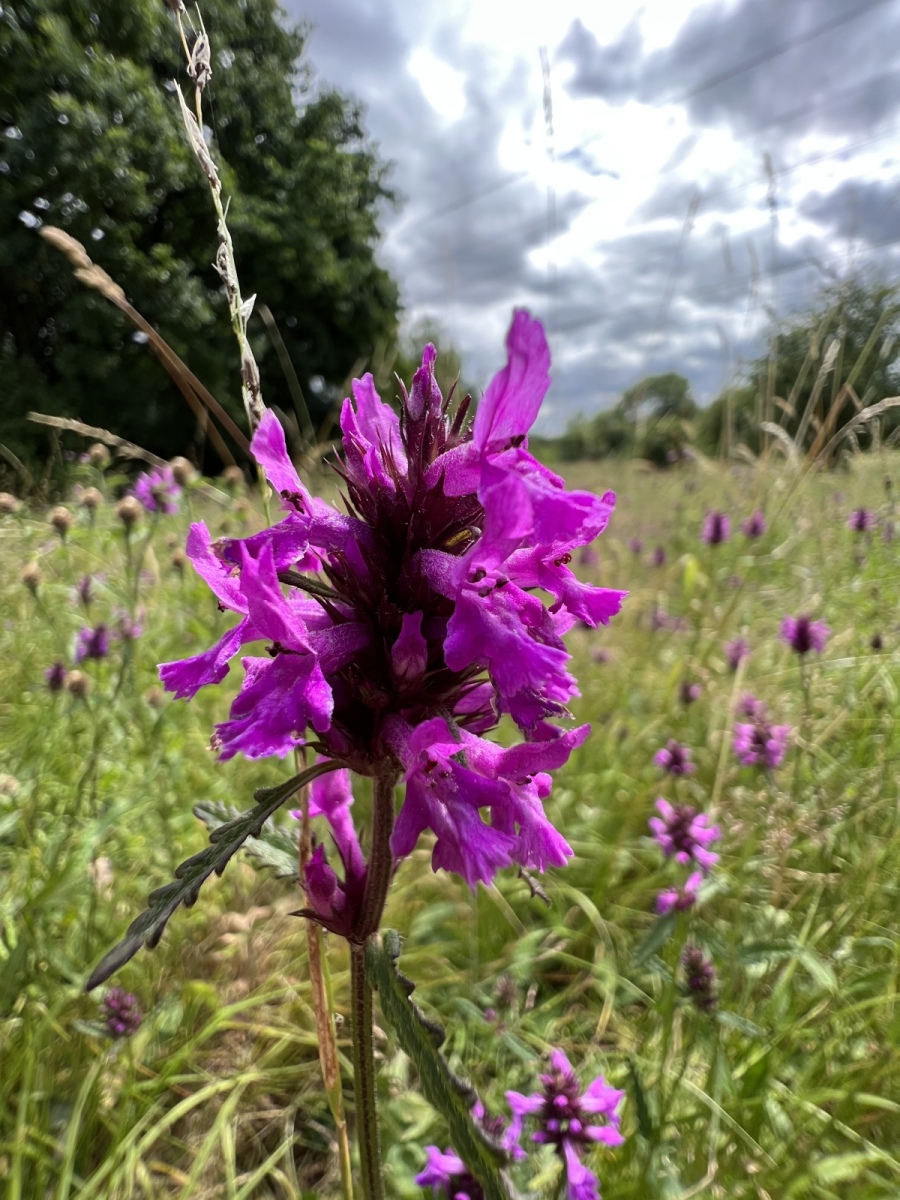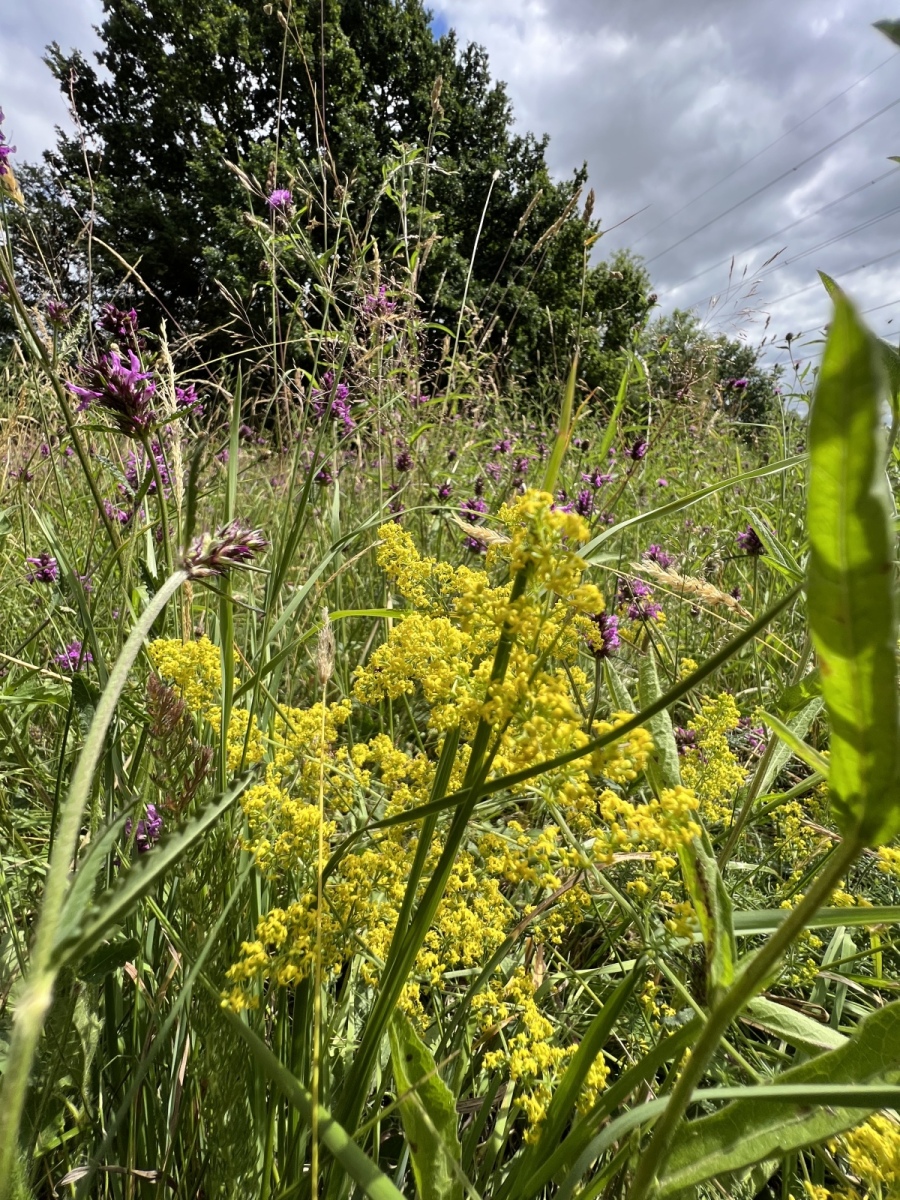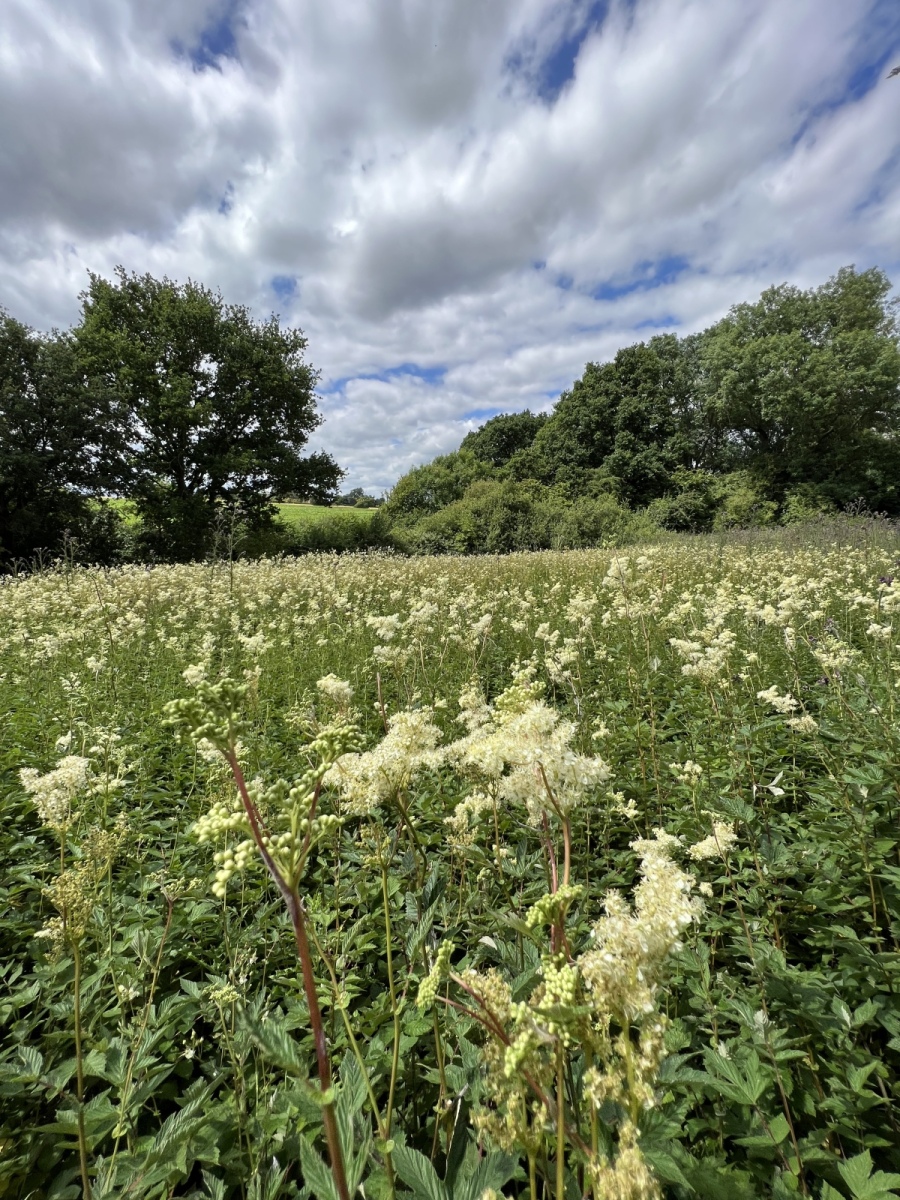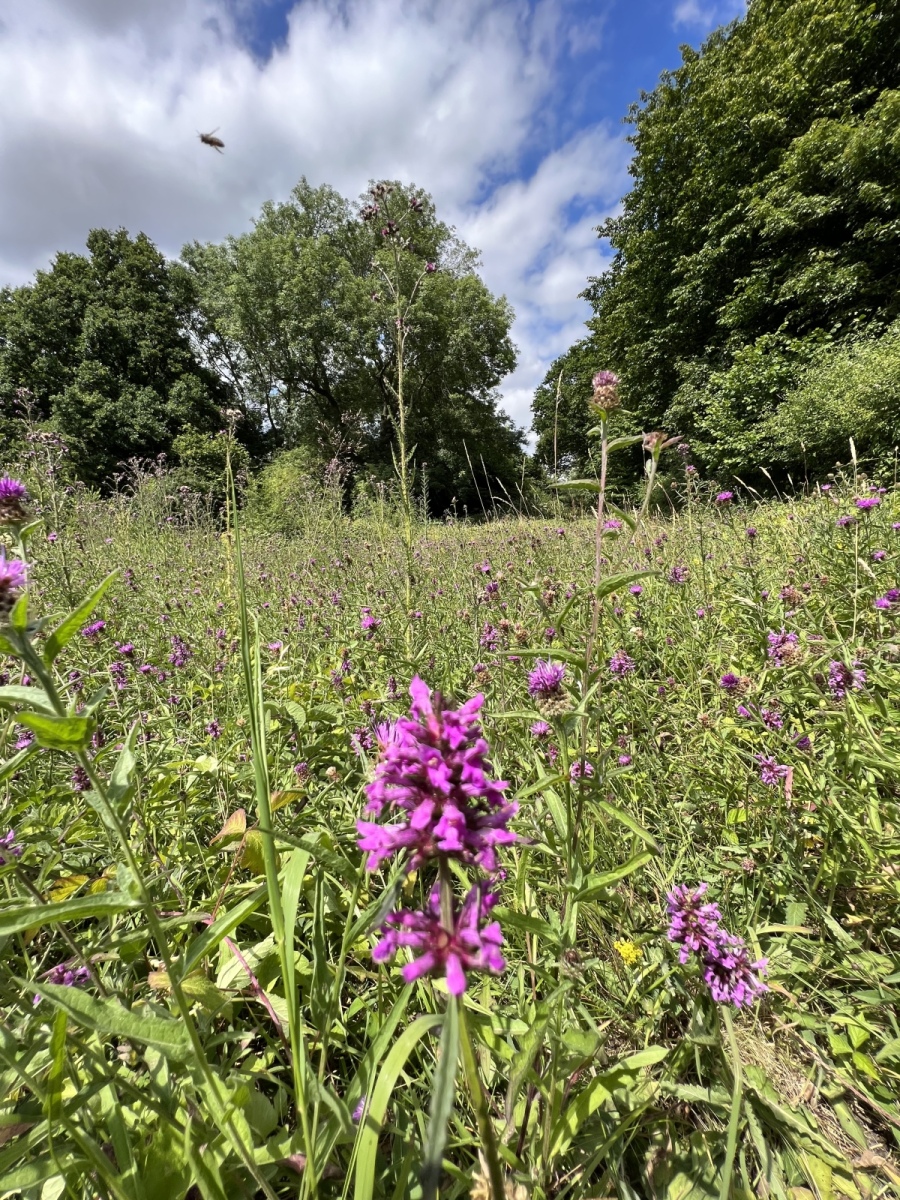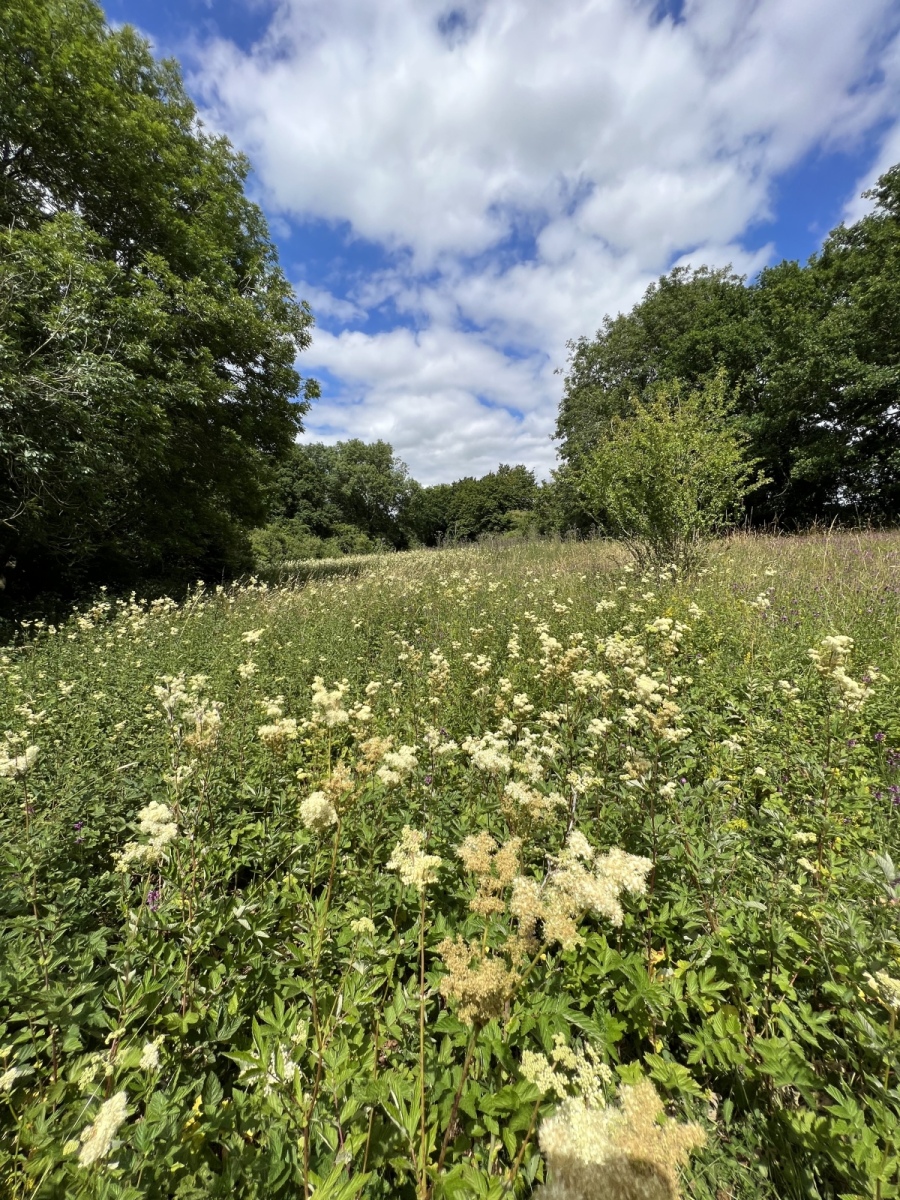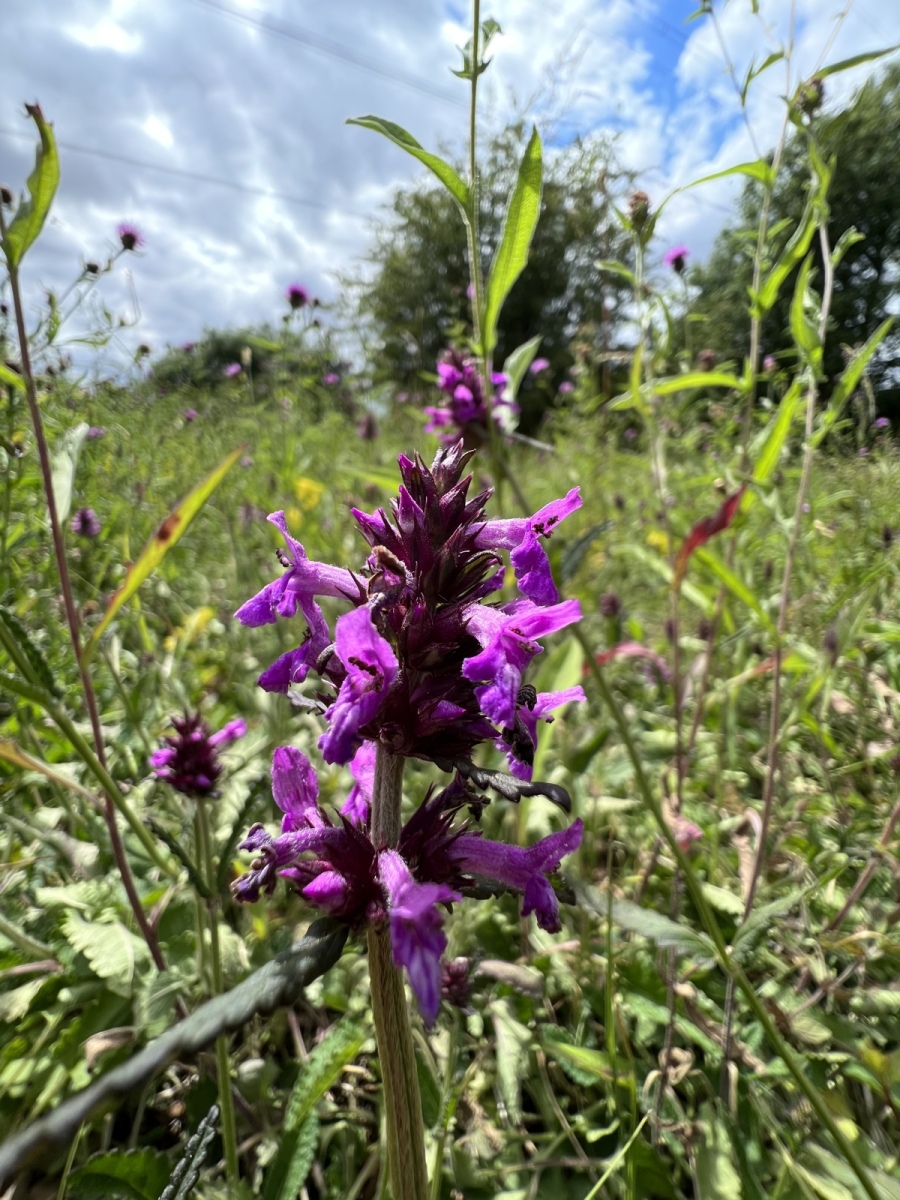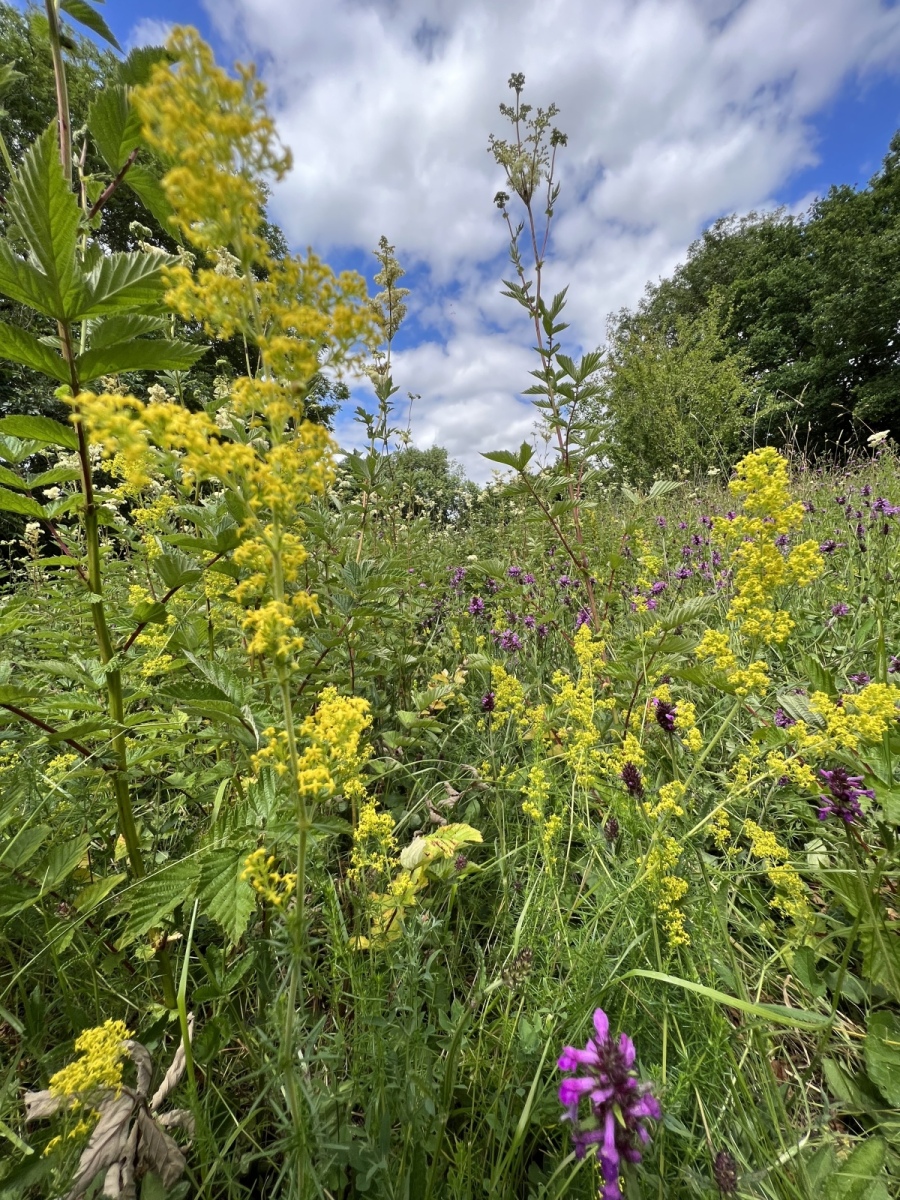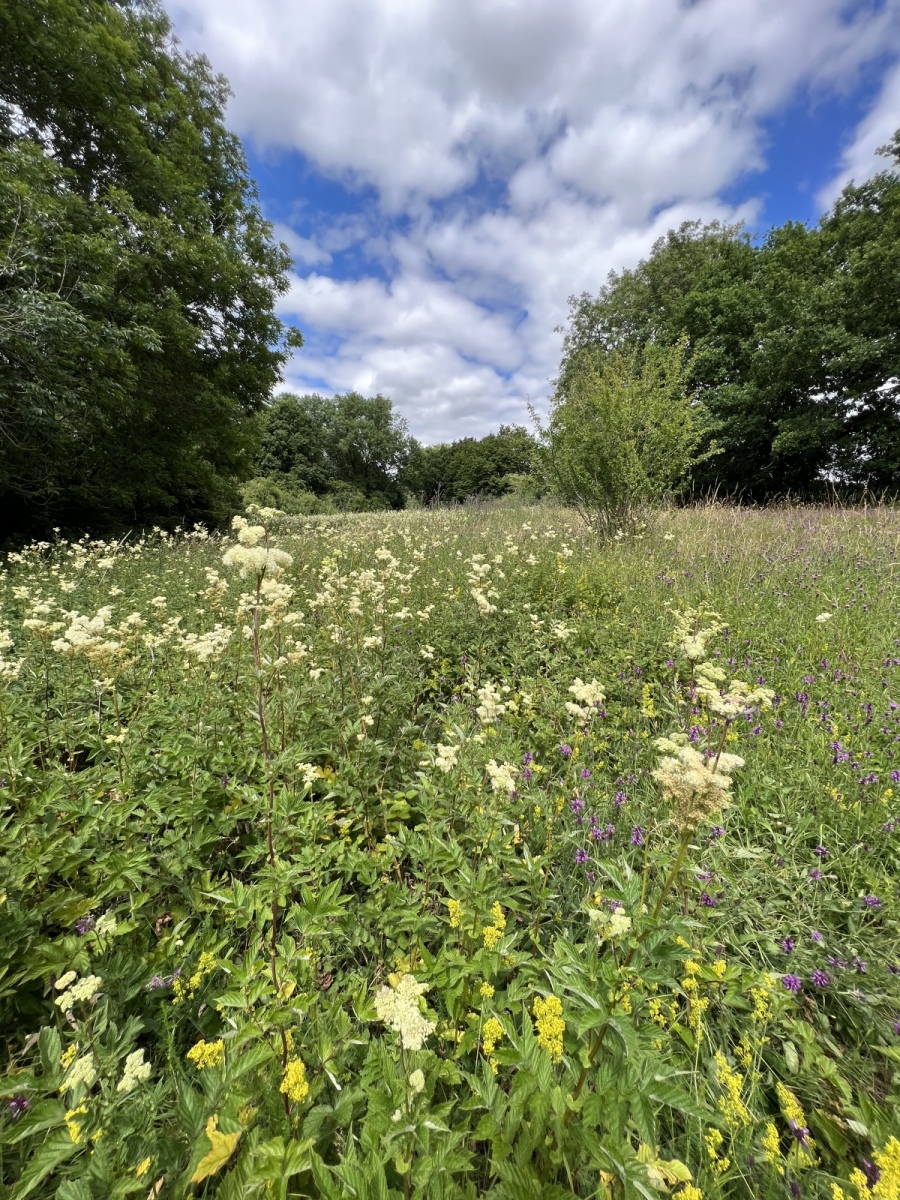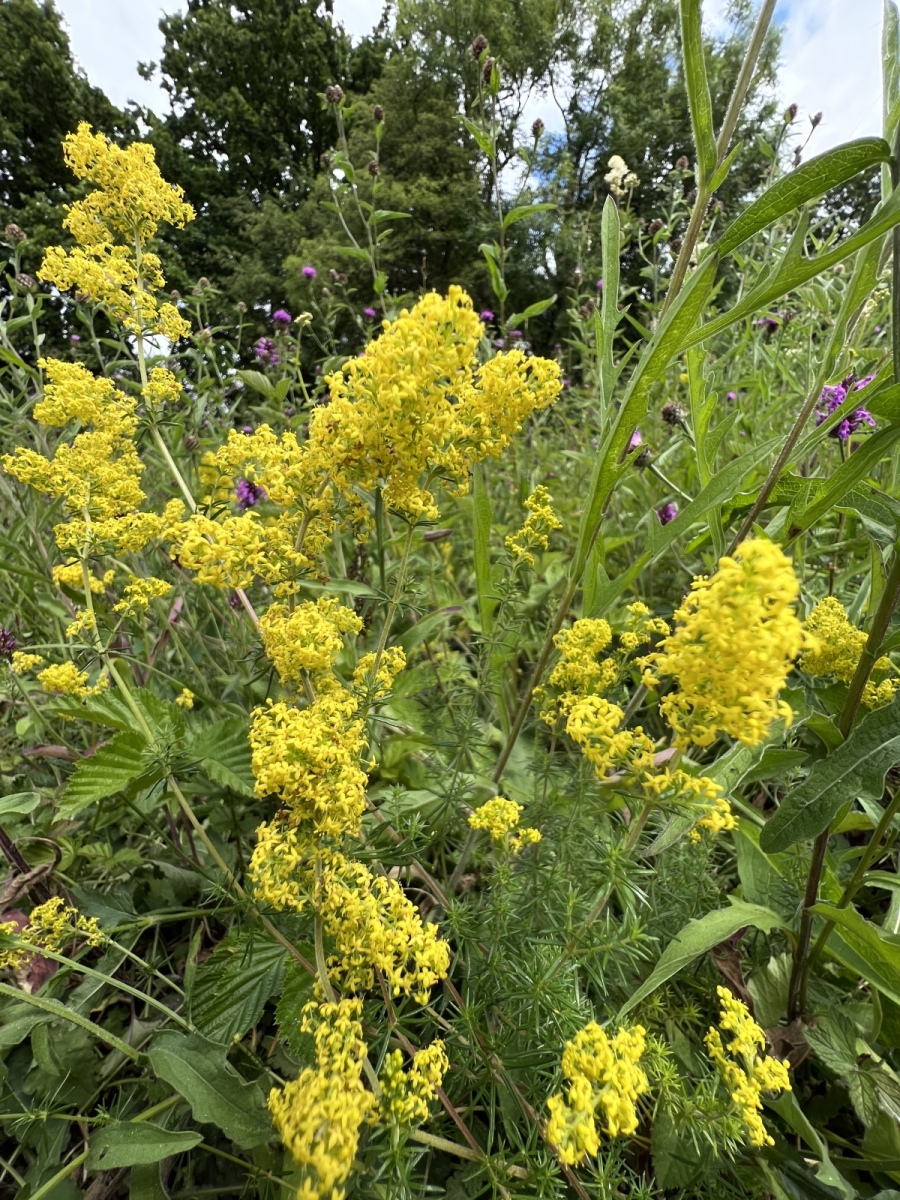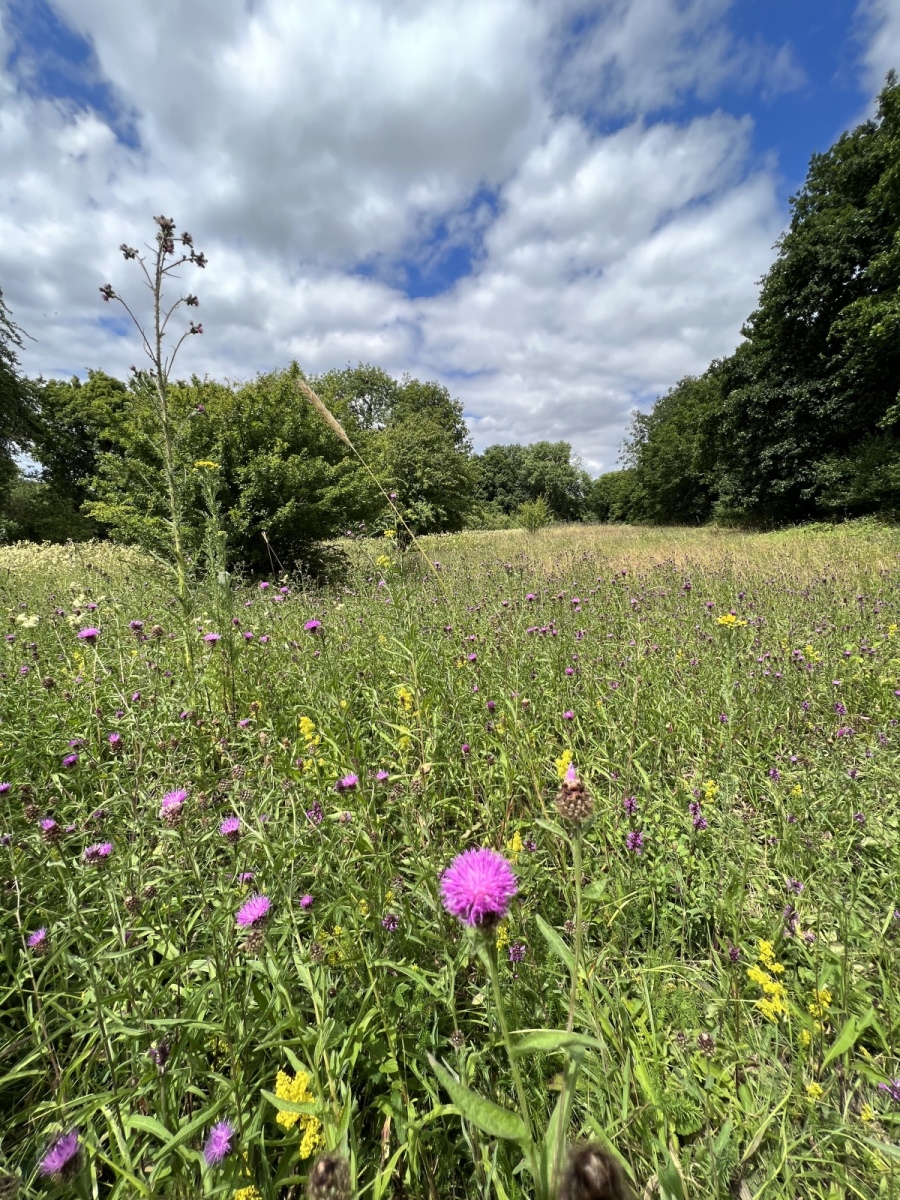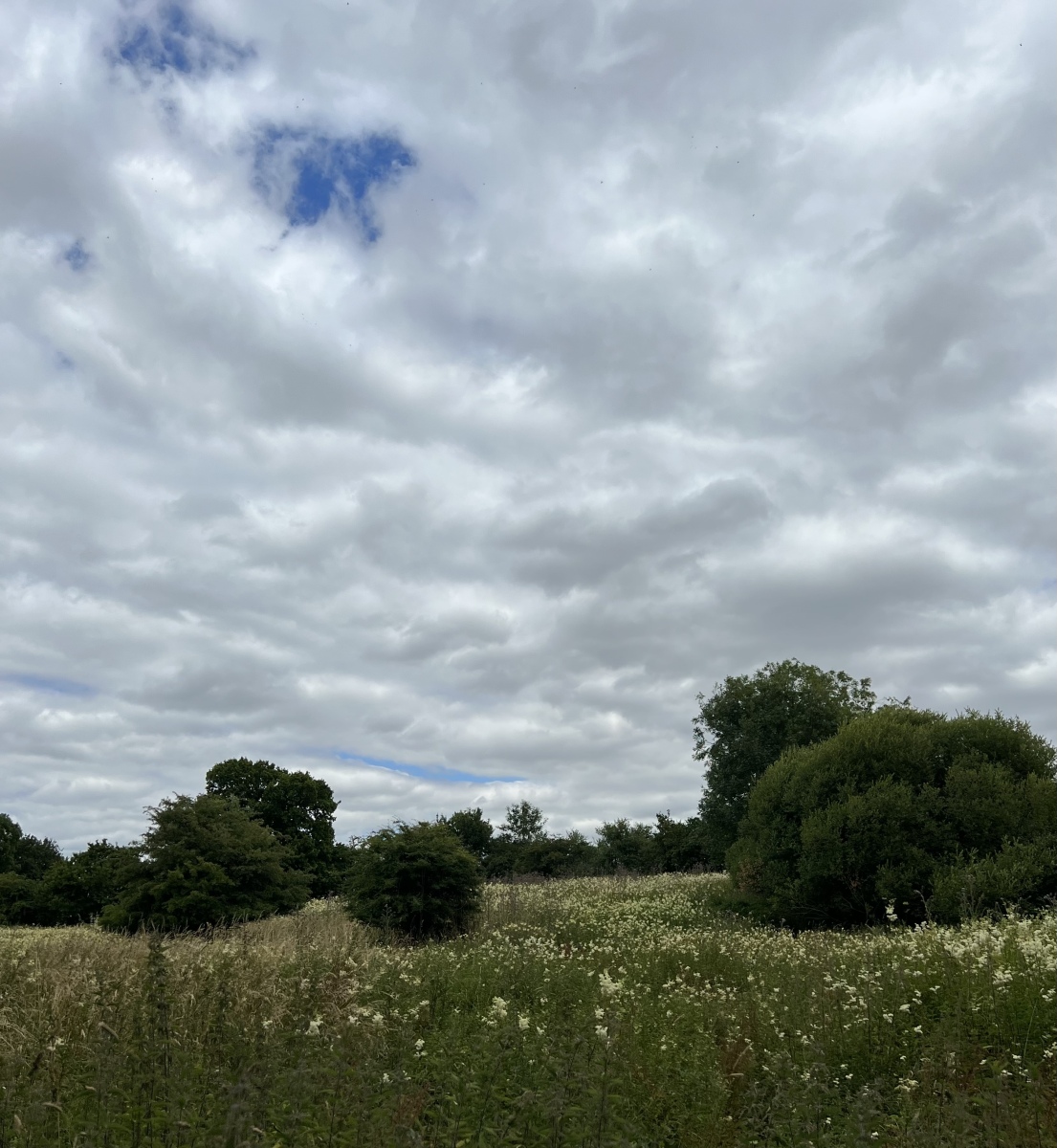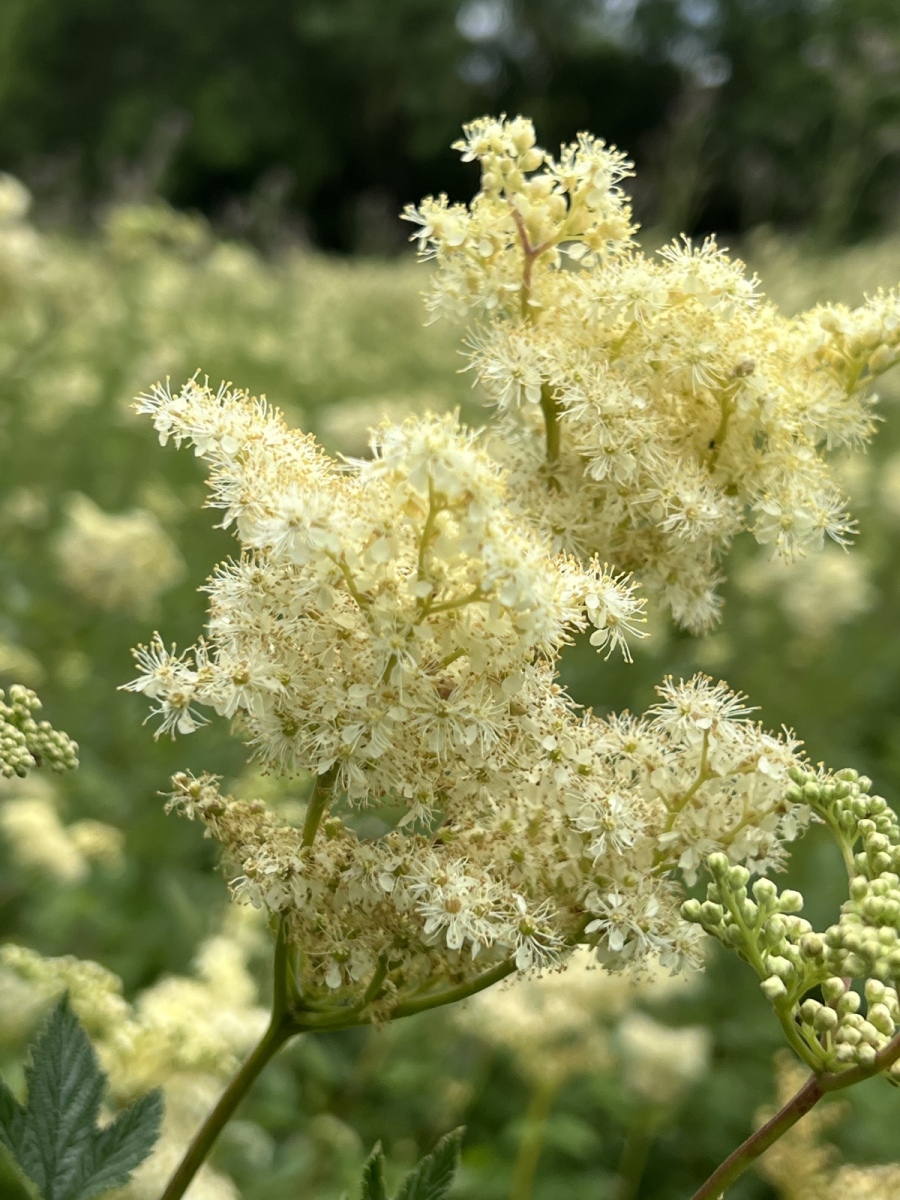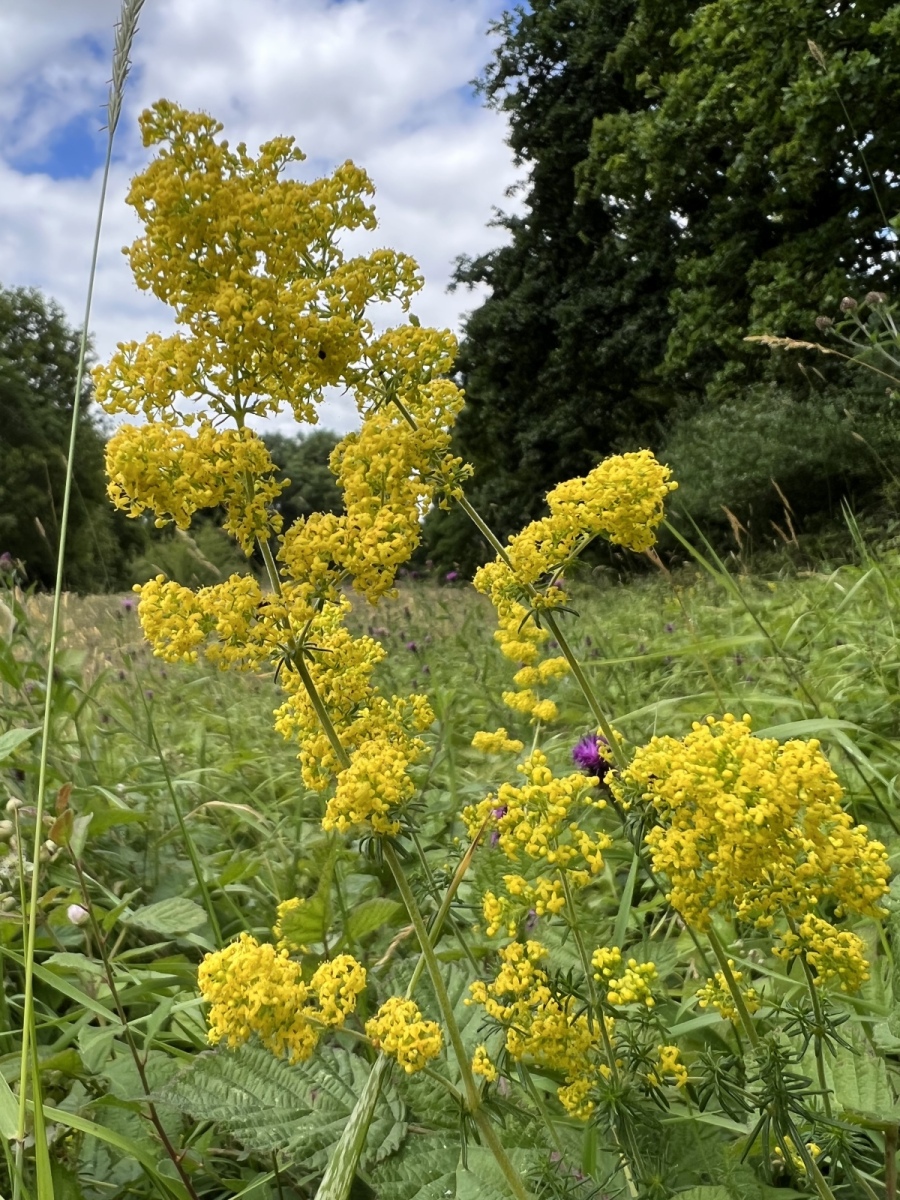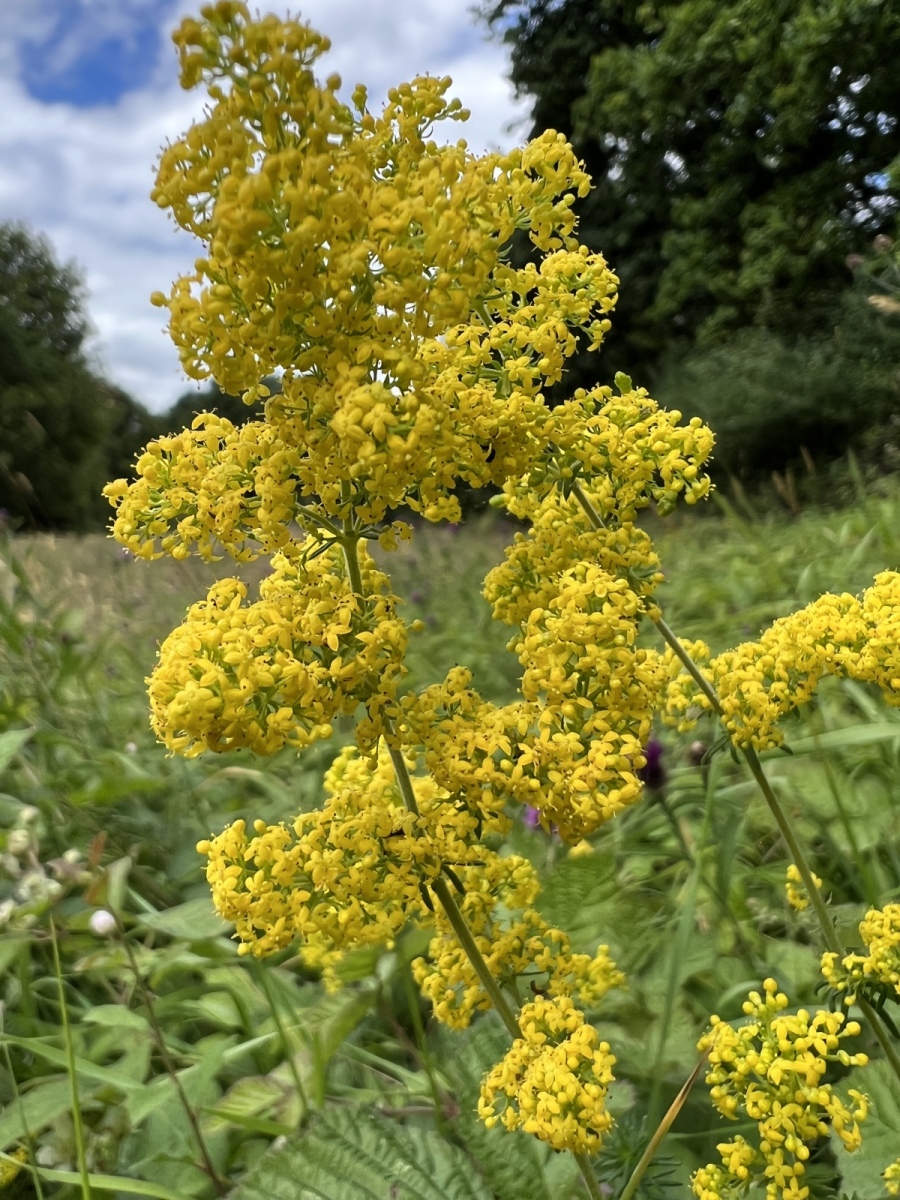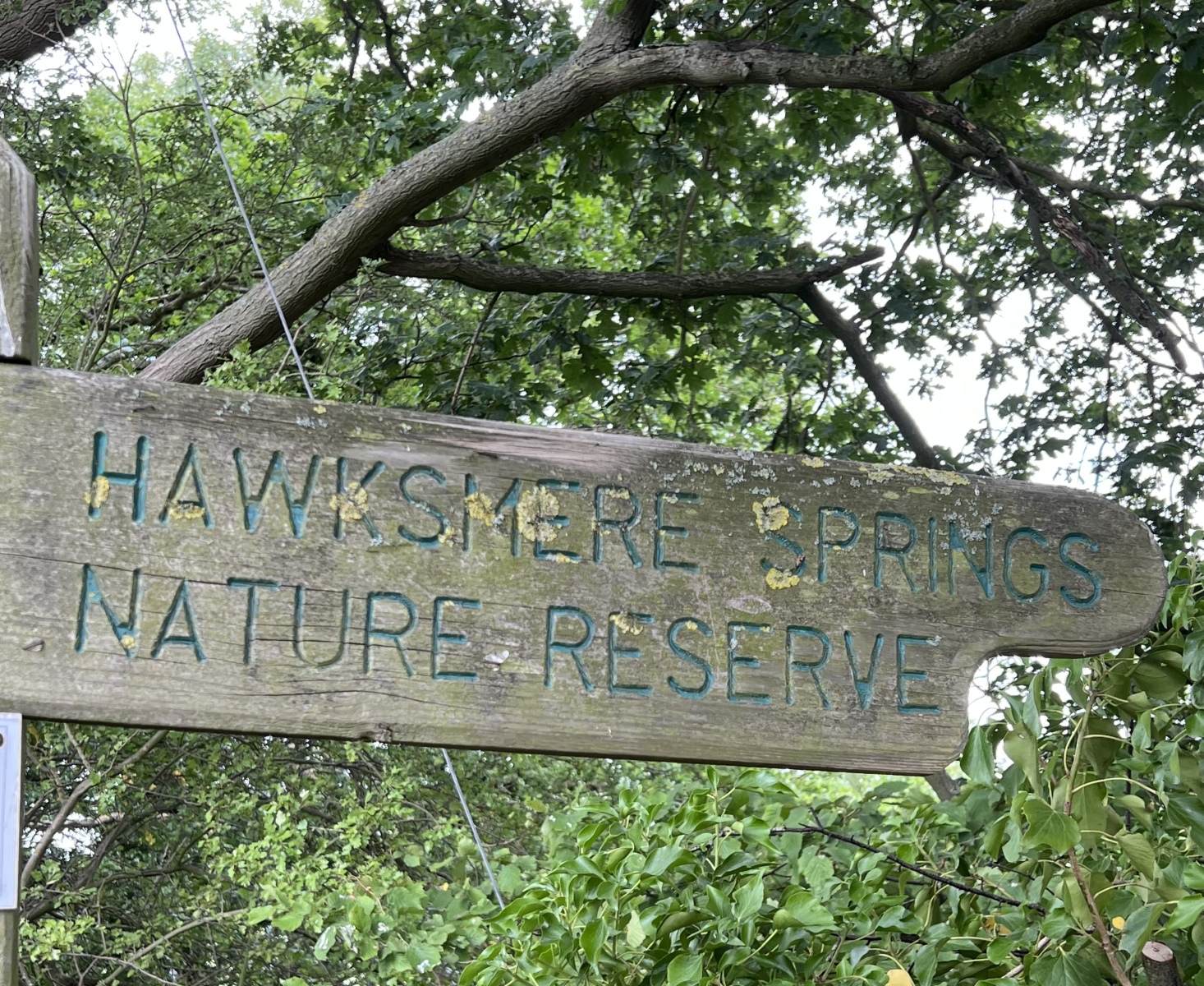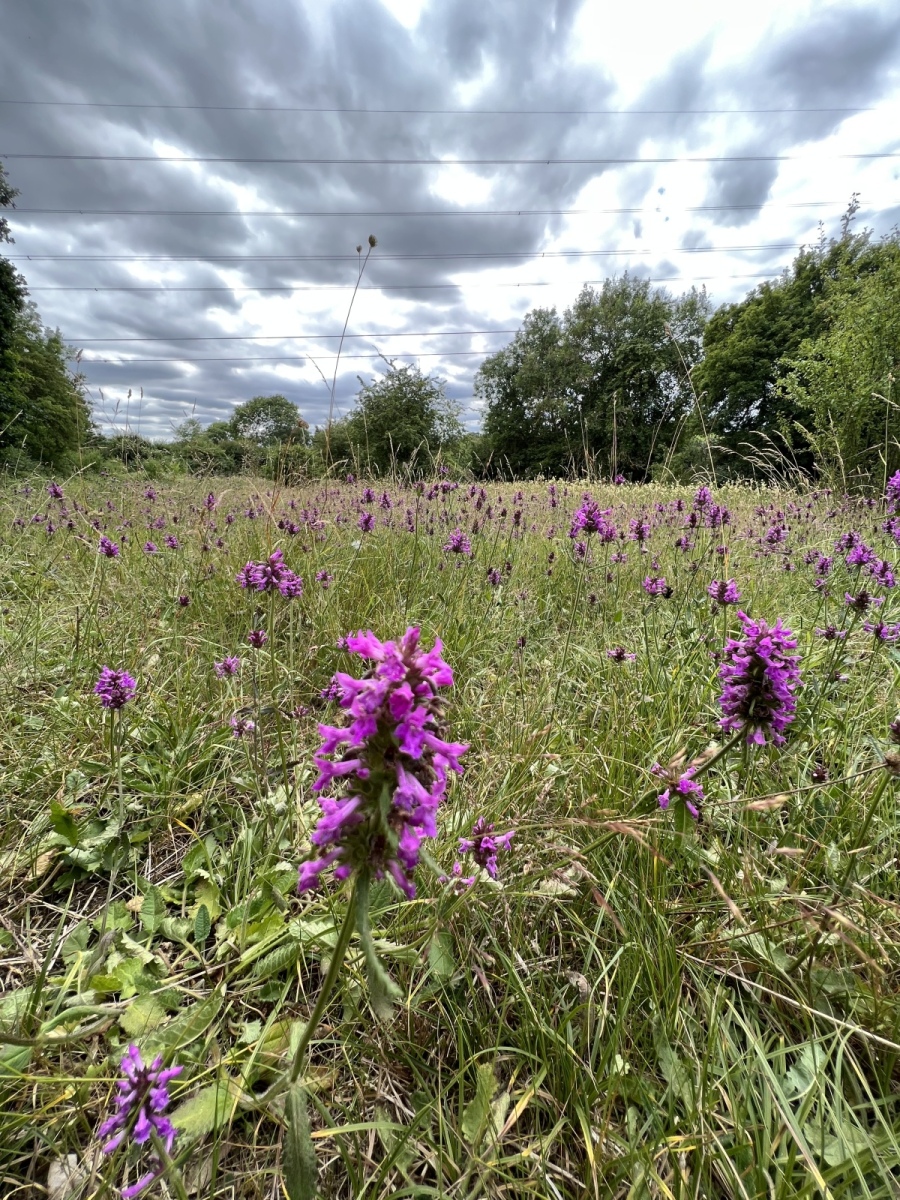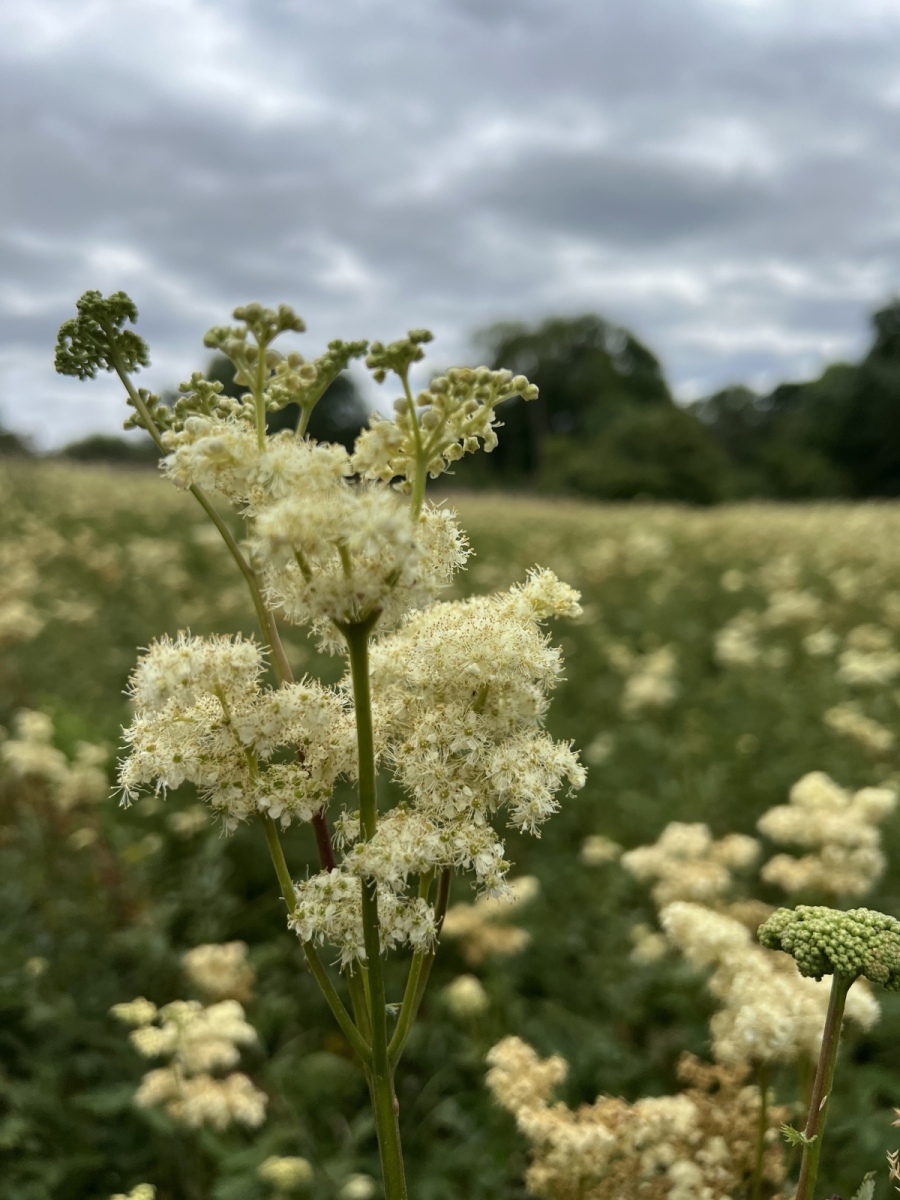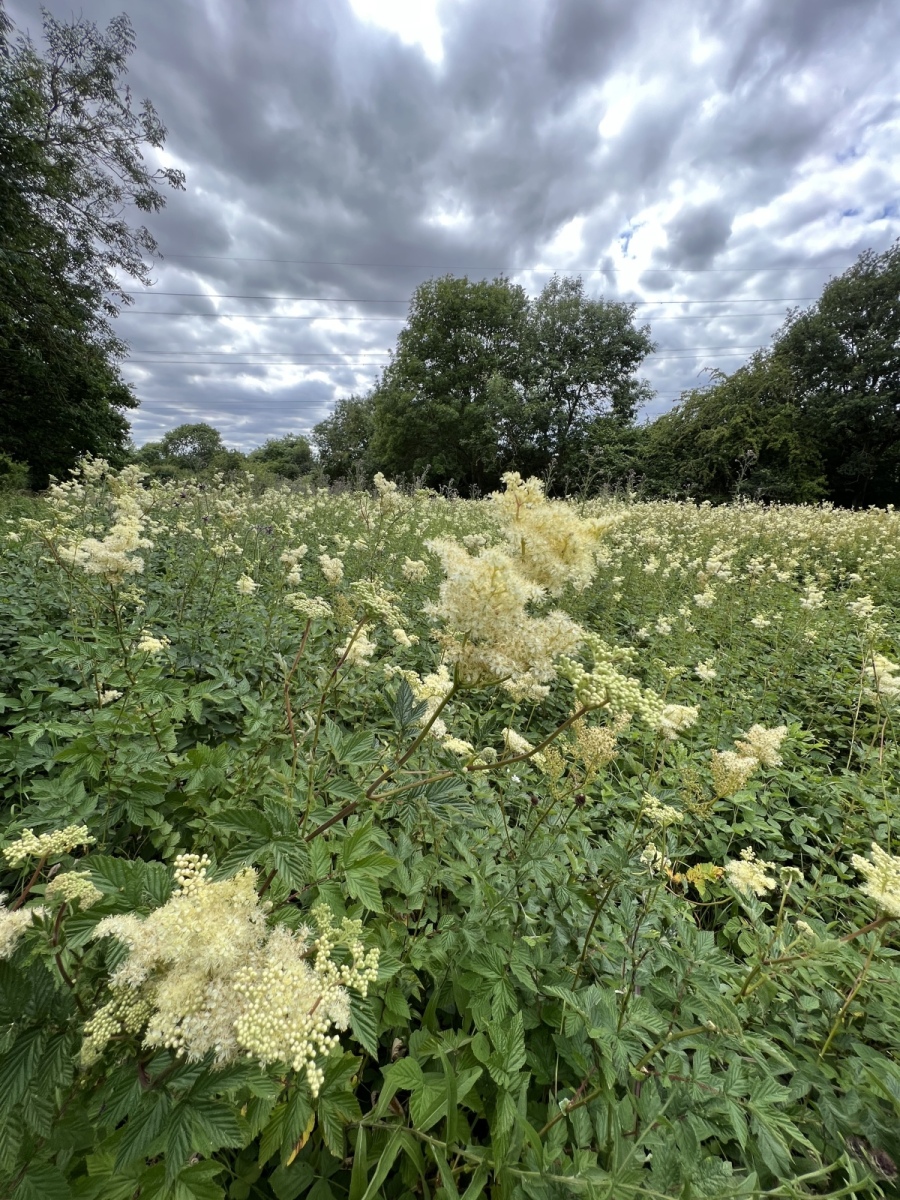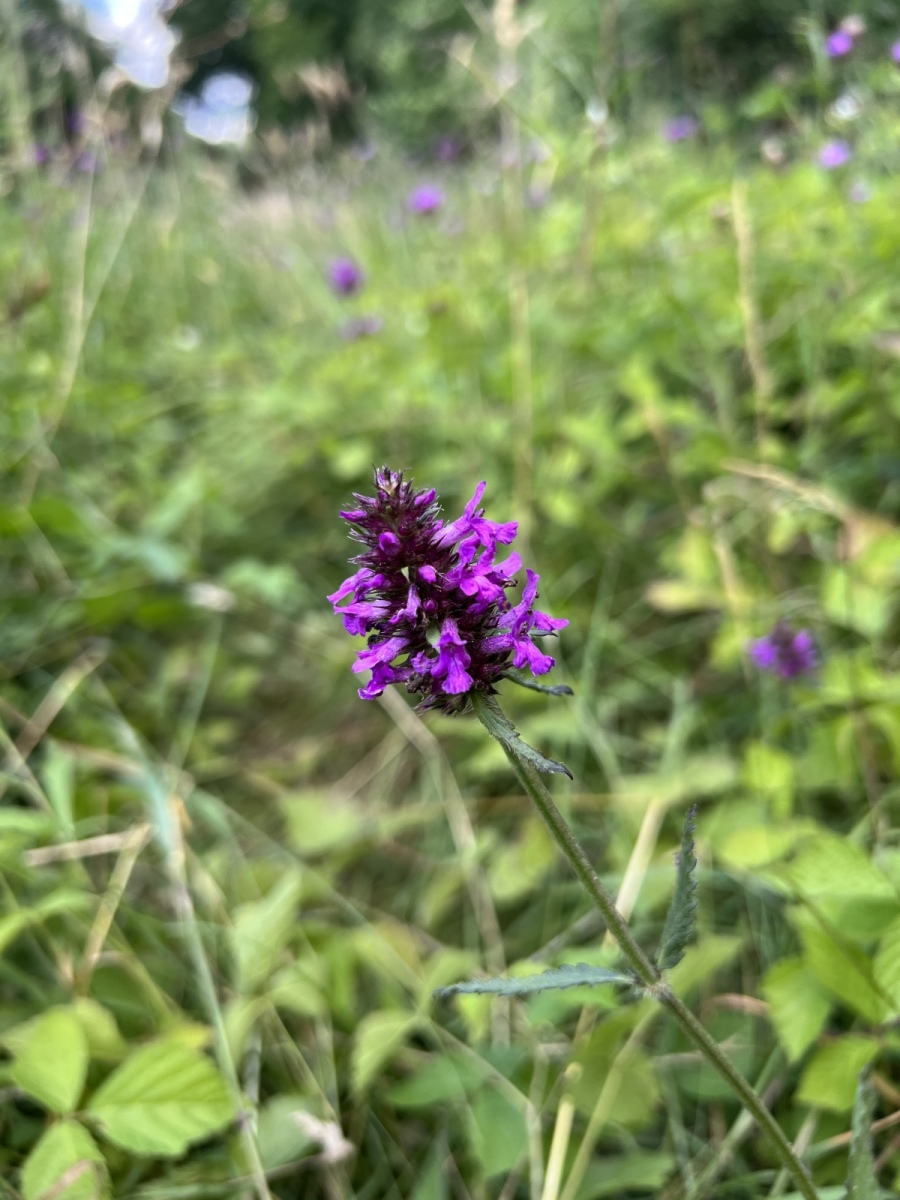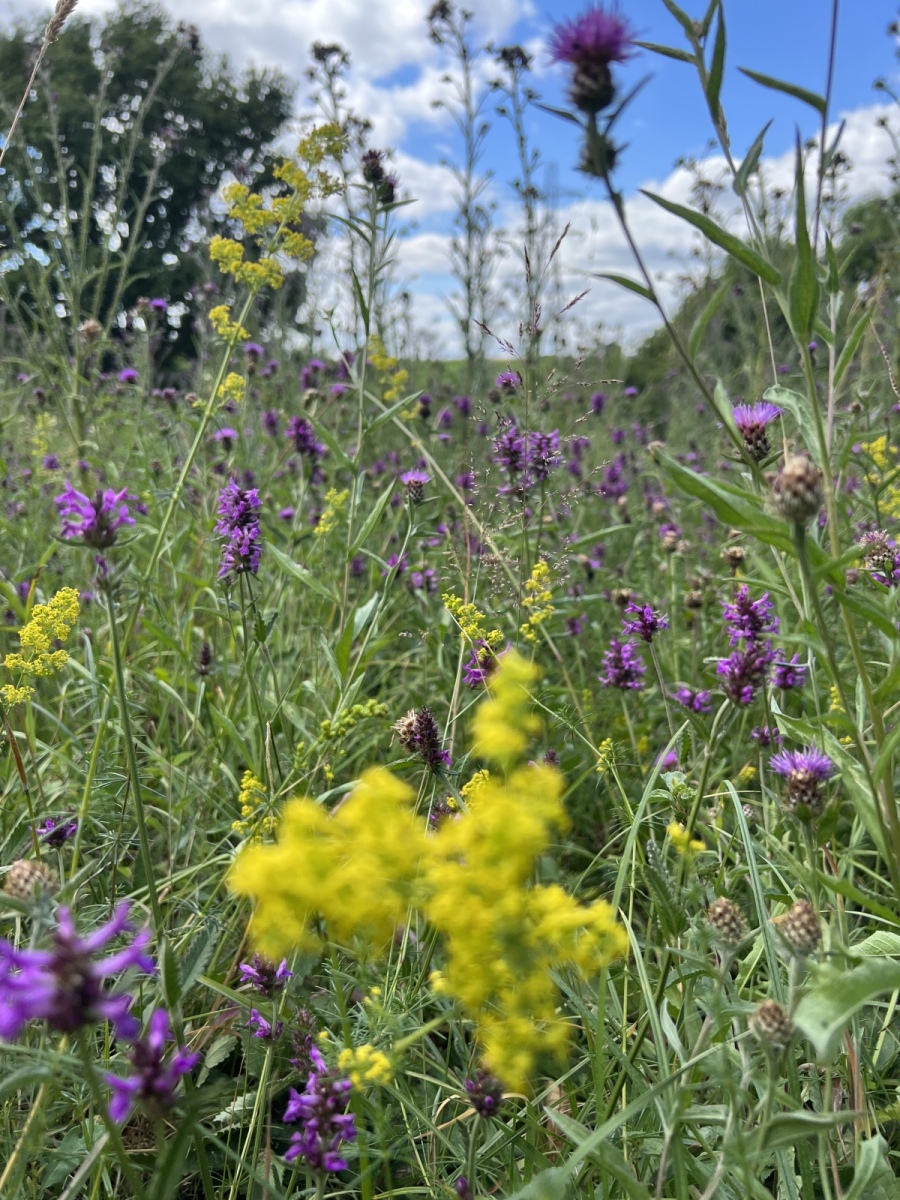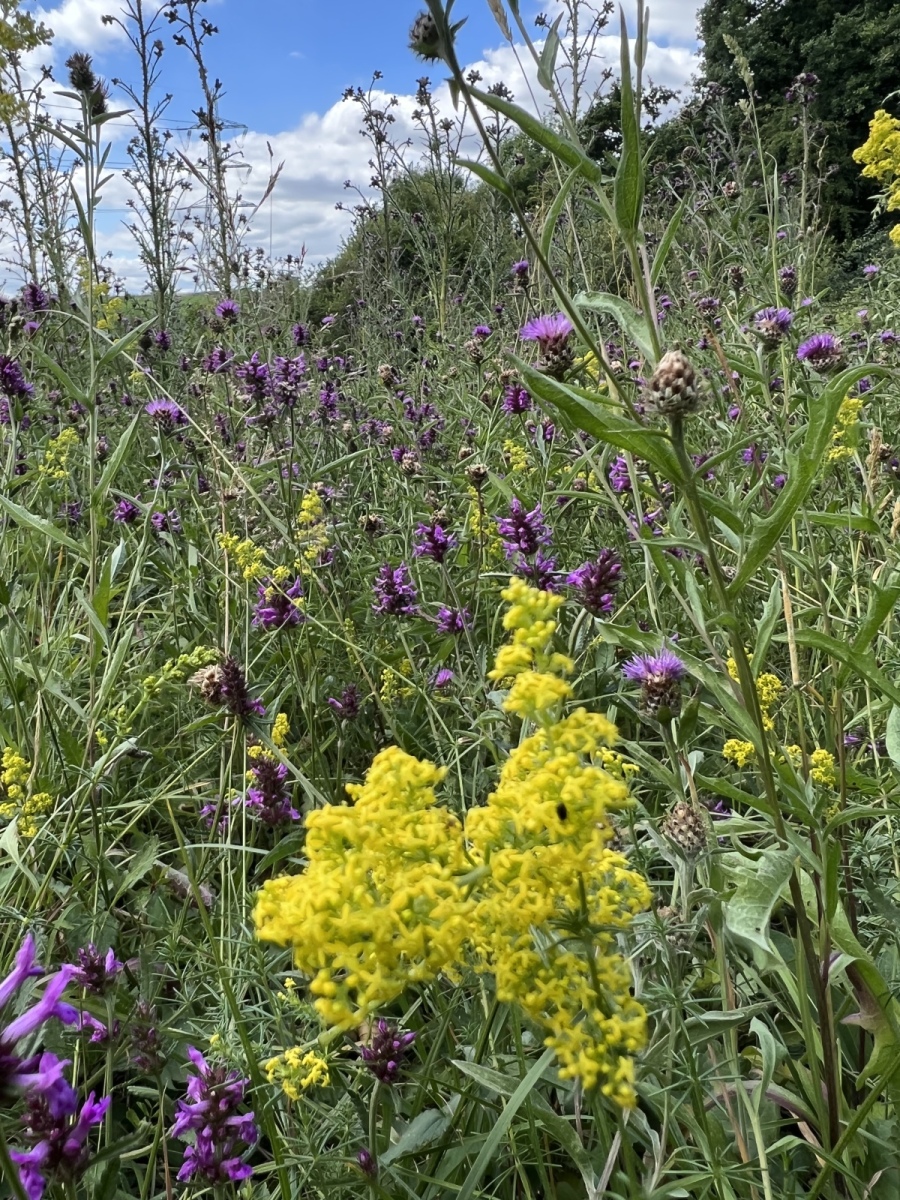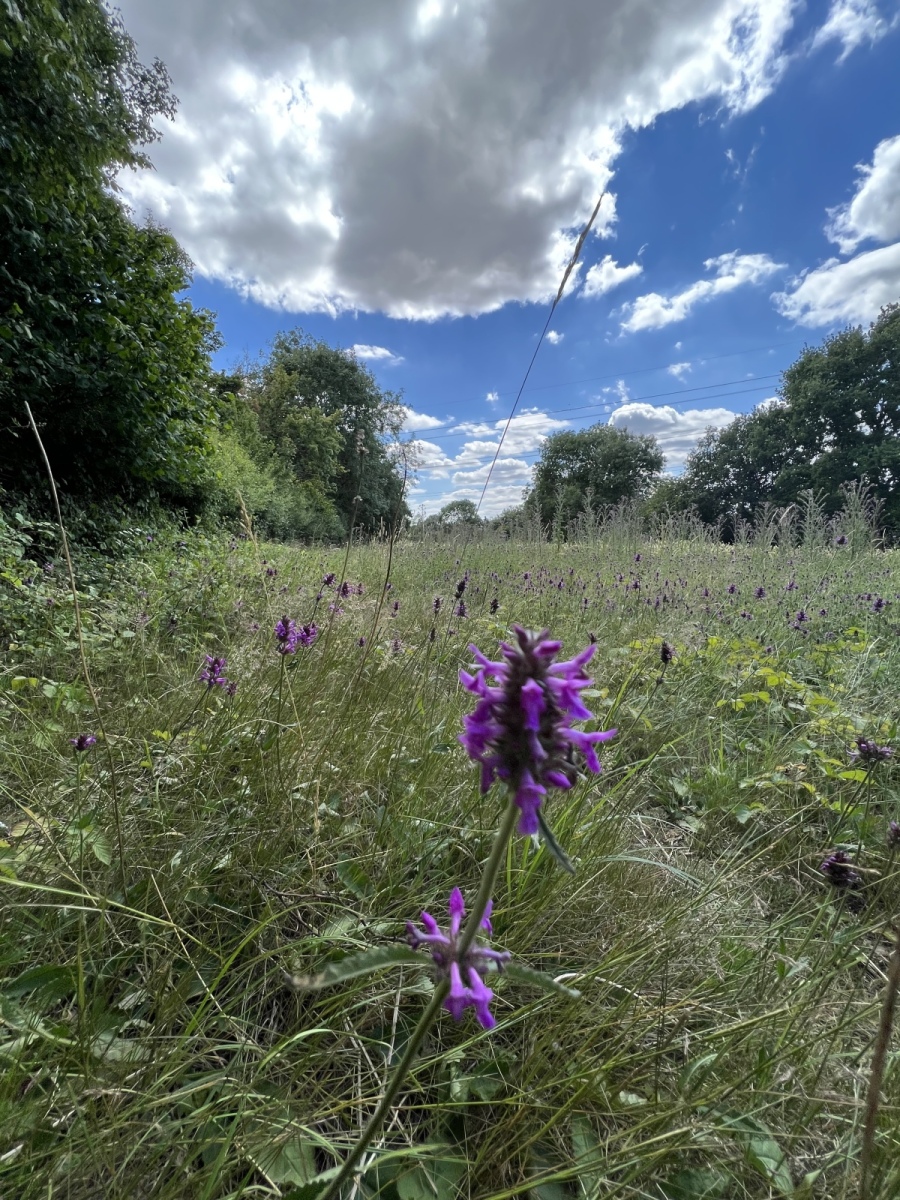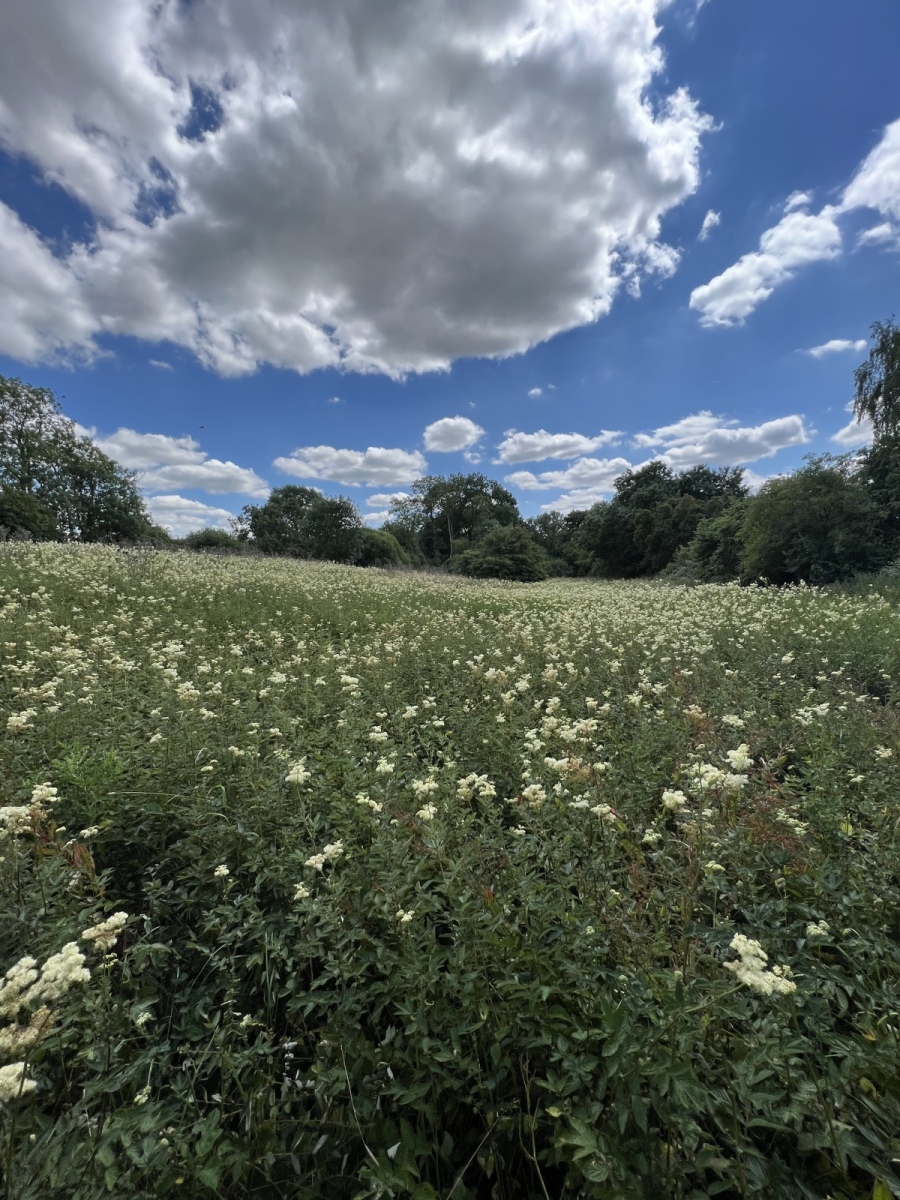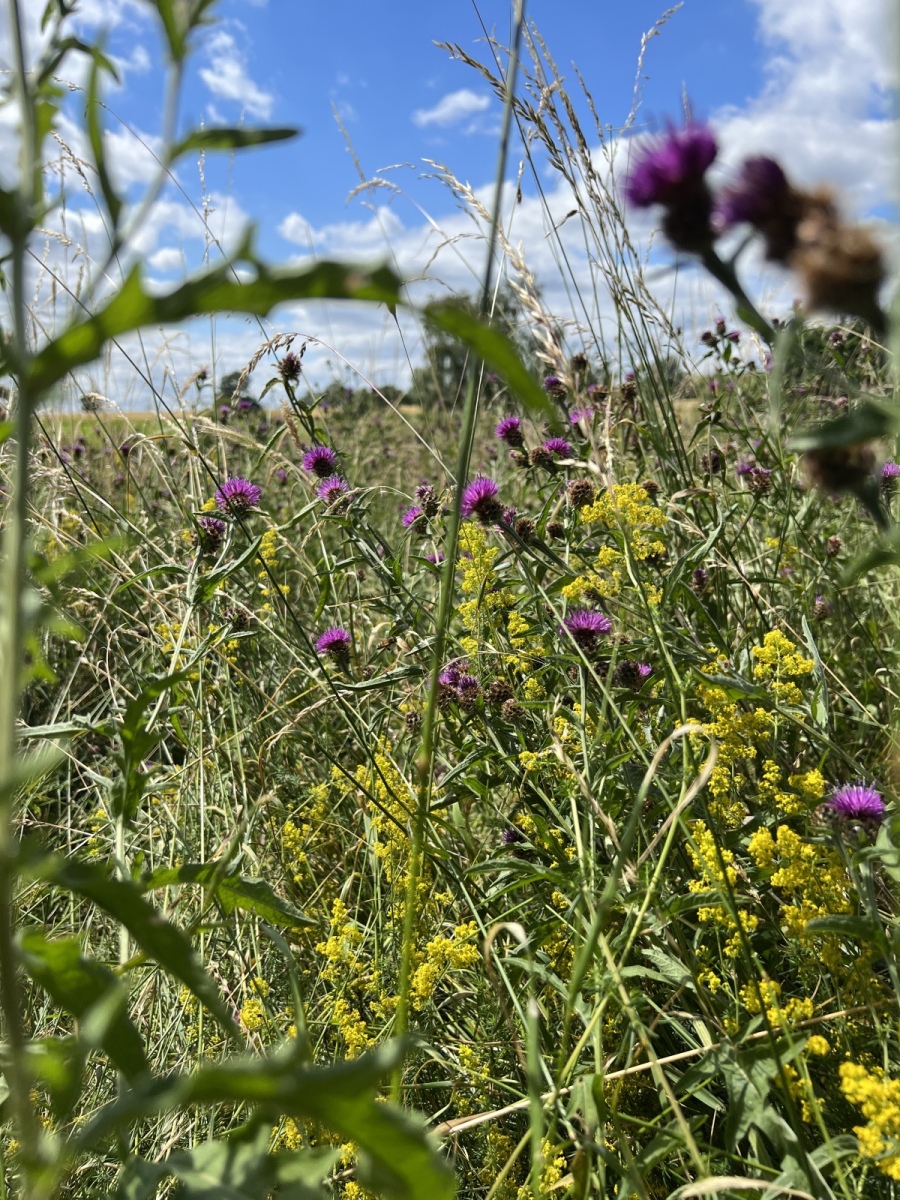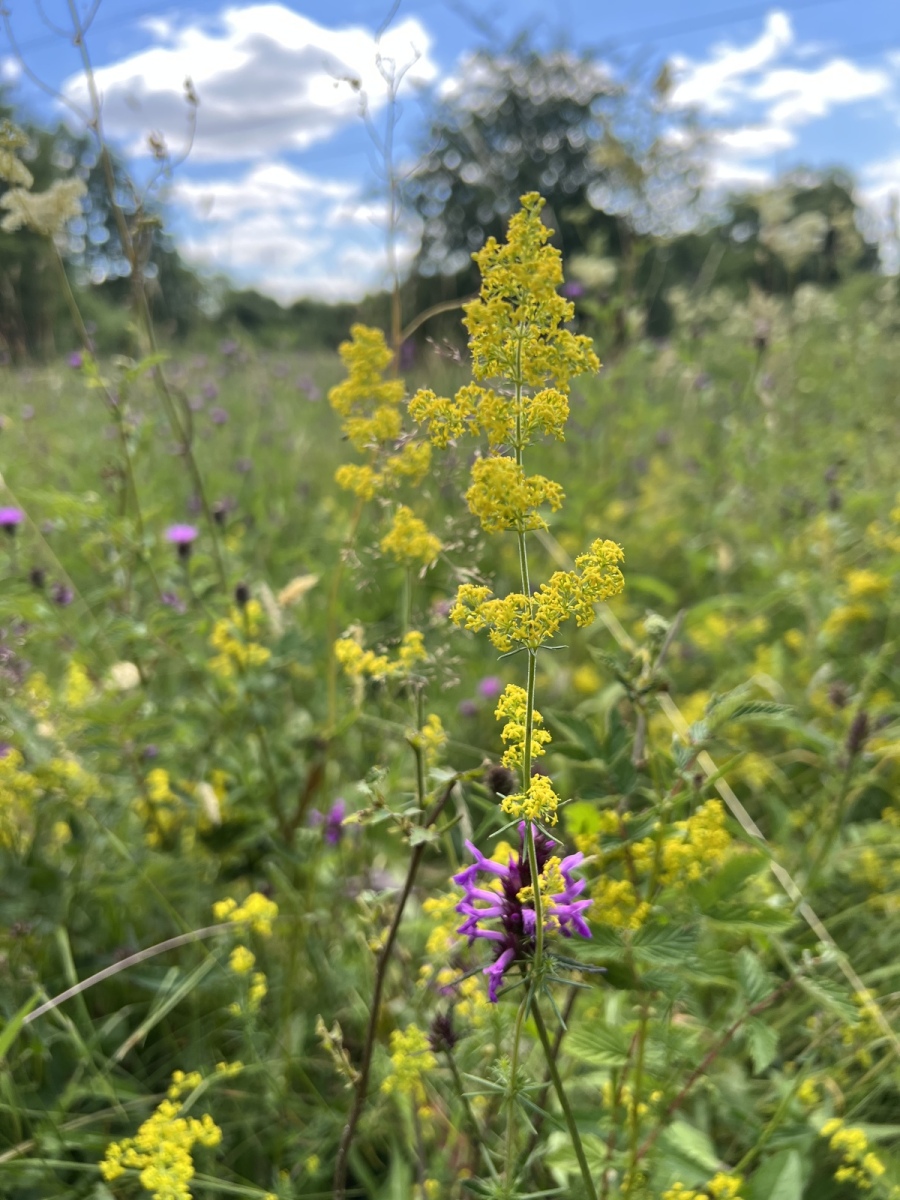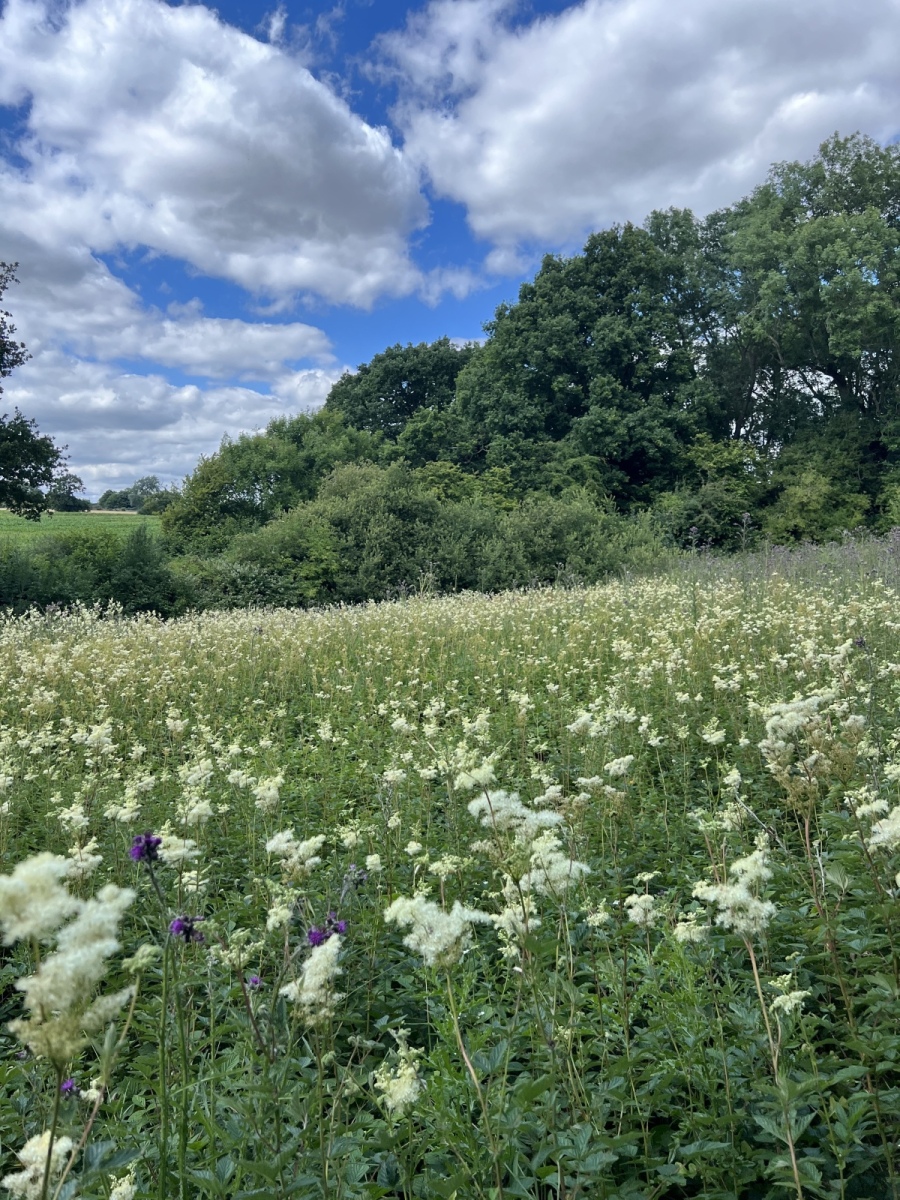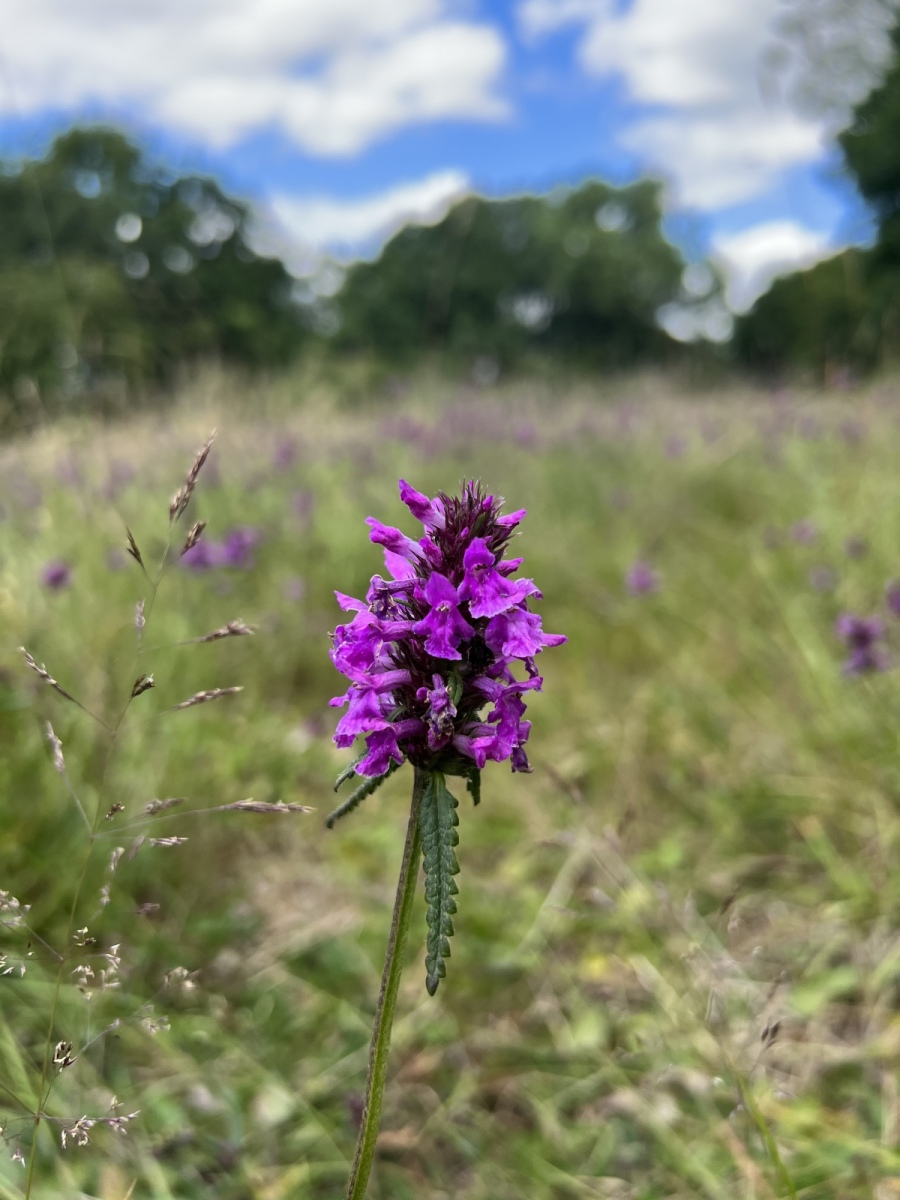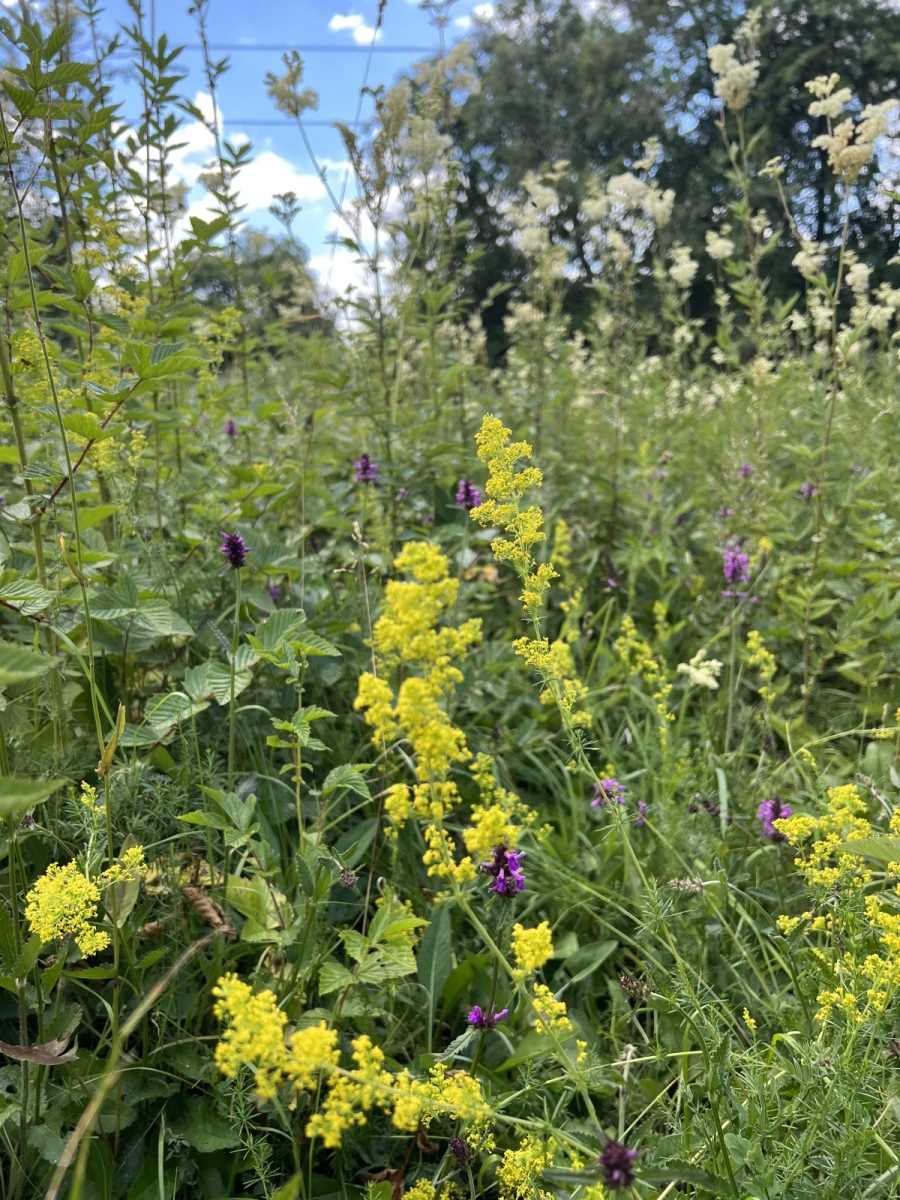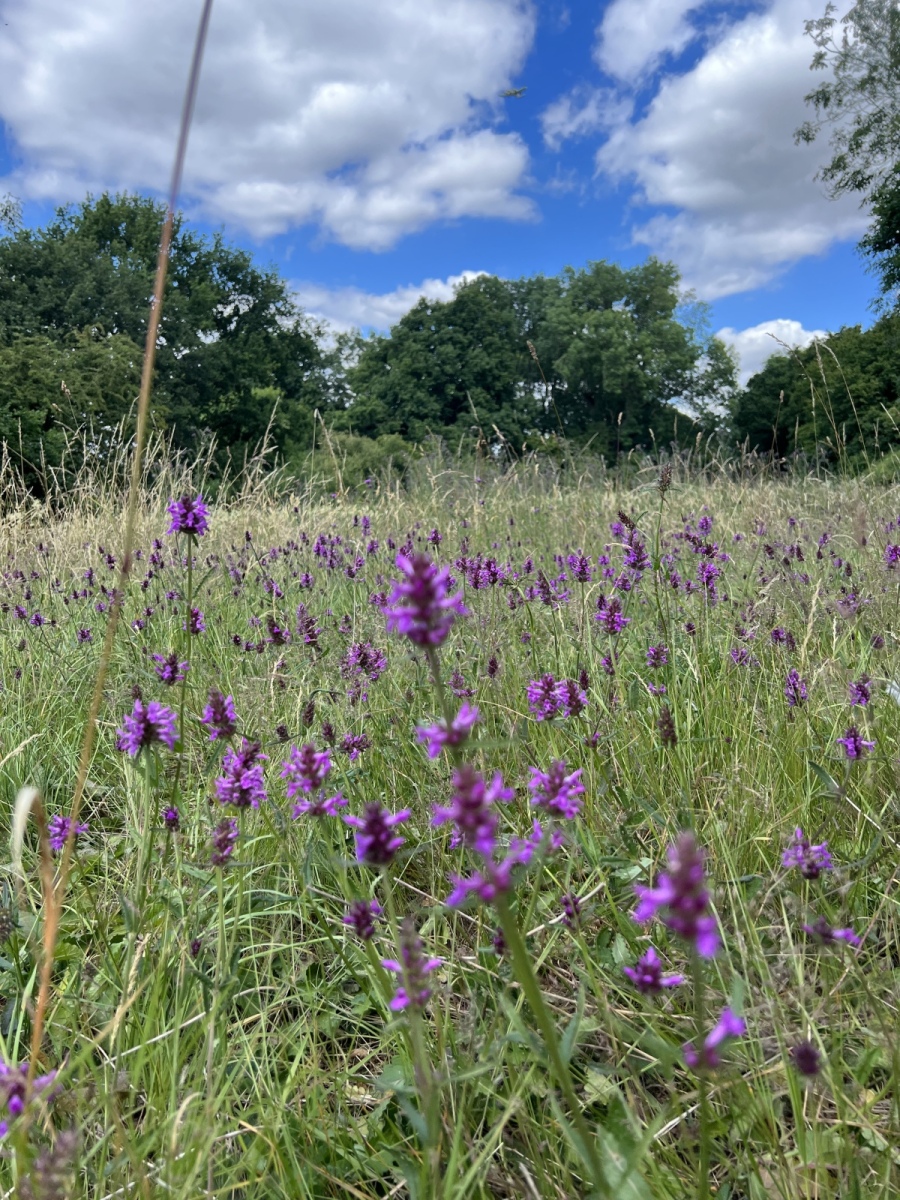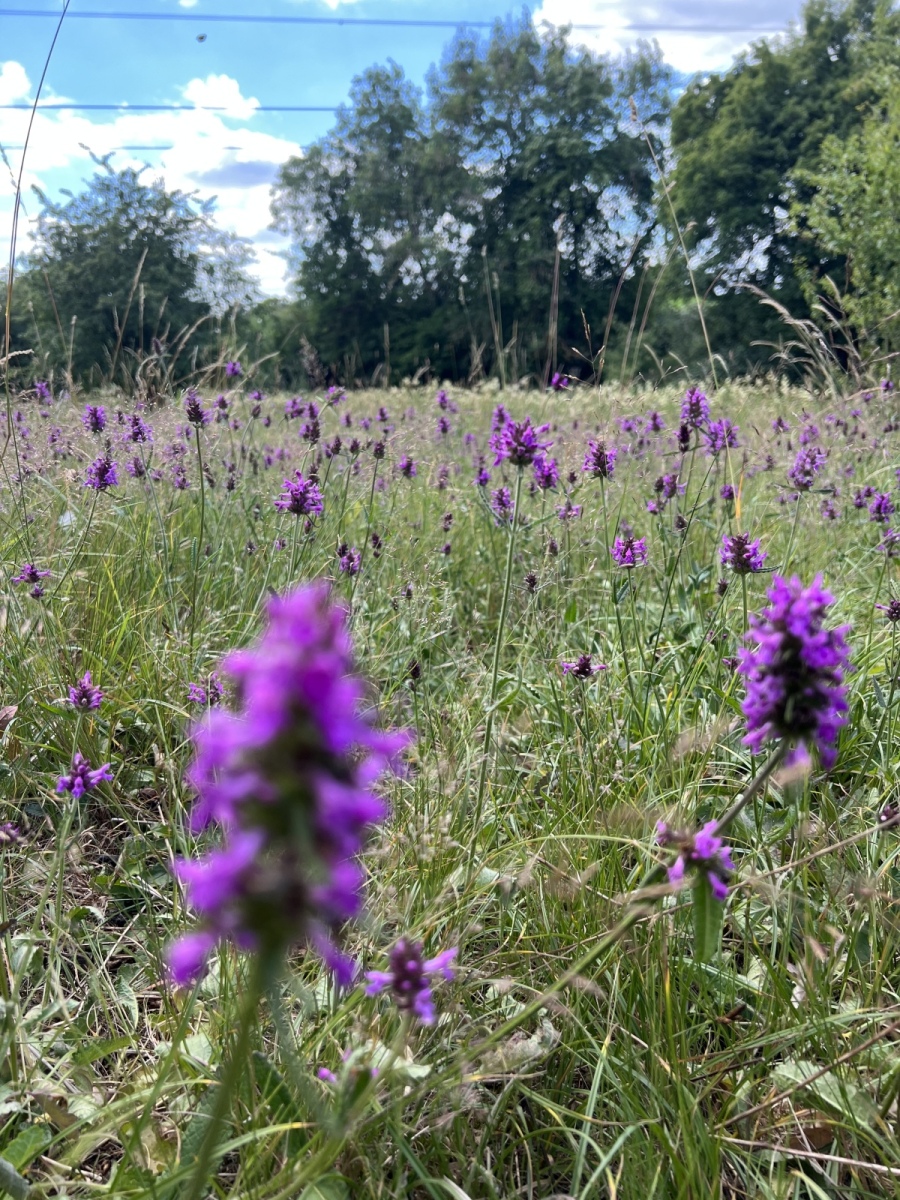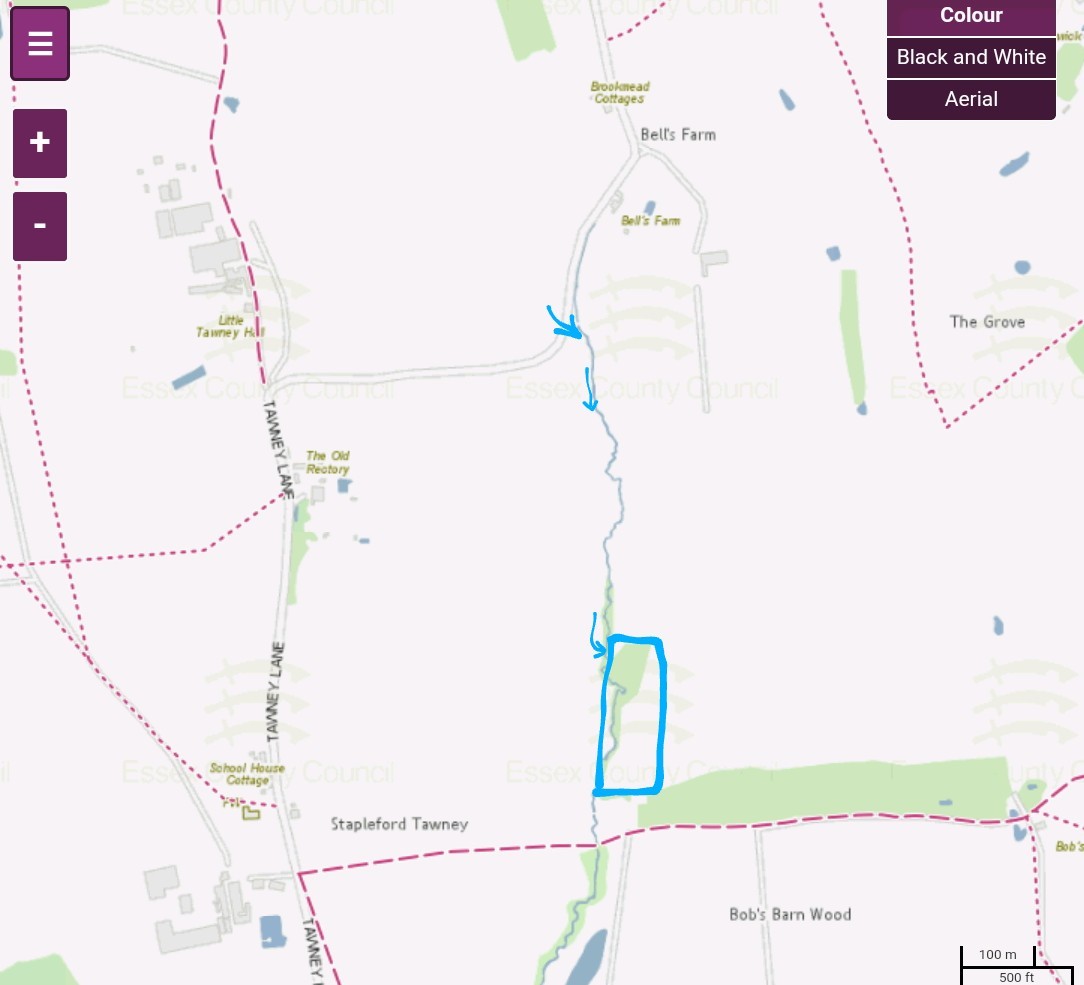Hawksmere Springs Nature Reserve

Hawksmere Springs Nature Reserve on the edge of Tawney Common is perhaps one of the district’s best kept secrets. This delightful small nature reserve is managed by the Essex Wildlife Trust and is so well hidden that even local people have not always been aware of its existence. This is ancient unimproved grassland pasture at its finest with a small area of ancient damp woodland. Part of the meadow close to a stream remains damp year round. Sites like this are incredibly rare in the district. What Hawksmere Springs Nature Reserve lacks in scale, it more than makes up for with the incredible range of wildflowers and invertebrates it supports.
Ordnance survey map credit to Essex County Council (click to enlarge)
https://www.essexhighways.org/getting-around/public-rights-of-way/prow-interactive-map
Bordered along its western edge by a stream which eventually enters the River Roding and surrounded by hedges on the north, east and south the site covers approximately 4.2 acres. The meadow here is sloped and is roughly divided in two by an area of ancient damp woodland around a stream. For such a relatively small nature reserve the diversity of plant species in the meadow here is breathtaking on close inspection. The stream is mostly fenced off but in the wider section of damp woodland halfway down the site it is possible to explore the steep banks inside right down to the edges of the stream, which are host to carpets of wild Garlic and Dogs Mercury in spring.
On entering the nature reserve from a footbridge in the hedgerow you are immediately greeted by an almost impenetrable wall of one of its most dominant floral inhabitants, Meadowsweet. This has an incredibly long association with human civilization and has been found in Bronze Age cremations. As far as the eye can see there is a sea of chest high fluffy cream coloured blooms which fill the air with the most deliciously sweet perfume. Surprisingly this is a distant relative of the Rose family and the leaf does bear similarities. As you make your way south these become heavily interspersed with Knapweed and Thistle. Along the eastern edge of the site going uphill the path narrows before opening out into the second and southernmost part of the meadow. This island of ancient meadow cut off from the surrounding farmland provides a haven for wildlife and invertebrates. The diversity of different wildflower species in the meadow here act like a magnet to countless species of butterfly, which on warm days appear to rise up around you in clouds.
It is in the second section of the meadow to the south that things become really exciting as the more common wildflowers give way to dense carpets of bright yellow and highly scented Ladies Bedstraw and the incredibly rare Purple Betony (Hedge Nettle). This is easily one of the largest known colonies of Betony in the district and the importance of this cannot be overstated as this precious wildflower can now only be found at a small handful of sites in the whole of Essex, making it even more special. The colony here is vast and absolutely mesmerising when in full bloom. To find just a few stems of this beautiful member of the Lamium family would be a real treat, but to stumble upon such an enormous plantation is a wonderful experience once you understand its scarcity. This cure all was once believed to ward off sorcery and nightmares and has been revered by mankind since time immemorial.
As expected in isolated meadows which have seen little human interference for generations, in addition to common species many other wildflowers can be found growing here which would not usually be found elsewhere. Sneezewort which is quite scarce and usually associated with ancient unimproved grassland has been recorded at Hawksmere Springs. The parasitic Yellow Rattle along with Ragged Robin, Agrimony and Fleabane have also been observed. Cowslips can be found growing here in spring before the taller wildflowers shade them out. The wild Garlic in the woodland around the stream are yet another reminder that this is an ancient environment which has remained unchanged for a very long time. The topography here is perhaps the biggest clue as to why this special place has survived untouched by agriculture. The sloped ground would have been difficult to farm and the unpredictable nature of the stream which can overflow makes the ground too wet for crops, but perfect for wildflowers which thrive in a damp meadow.
Access to the site is on a bend in Tawney Lane around 400m east from the entrance of Little Tawney Hall Farm. A waymarker with Hawksmere Springs Nature Reserve written on it points down the embankment into a field and there is just enough room here to park a car on the layby. Keeping the stream and hedgerow to your left follow the field edge south for around 350m looking carefully on the left and you will find a small concealed wooden footbridge in the hedge across the stream leading into the nature reserve. This is really well hidden in the hedgerow so pay very close attention. As access is a challenge this means that maintenance is done more traditionally by hand and without the use of heavy machinery, so the site can be quite overgrown in high summer and it can be a challenge improvising a pathway through the meadow. In previous years sheep have been used to graze the meadow after flowering has finished. The early wildflowers are best viewed in spring but June, July and August are the optimal months to view the later wildflower display at its absolute best.
Further reading from external sources:
https://www.woodlandtrust.org.uk/trees-woods-and-wildlife/plants/wild-flowers/meadowsweet/
https://www.thespruce.com/betony-stachys-officinalis-1762351
https://www.plantlife.org.uk/uk/discover-wild-plants-nature/plant-fungi-species/betony
https://www.wildessex.net/sites/Hawksmere%20Springs.htm
https://monicawilde.com/4000-year-aspirin-flowers-found-bronze-age-grave-forteviot-perthshire/
